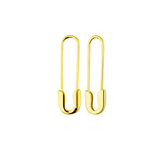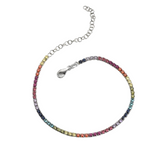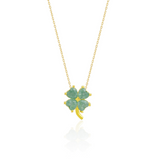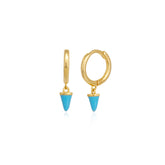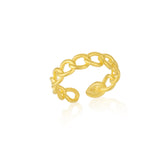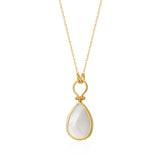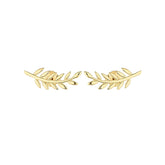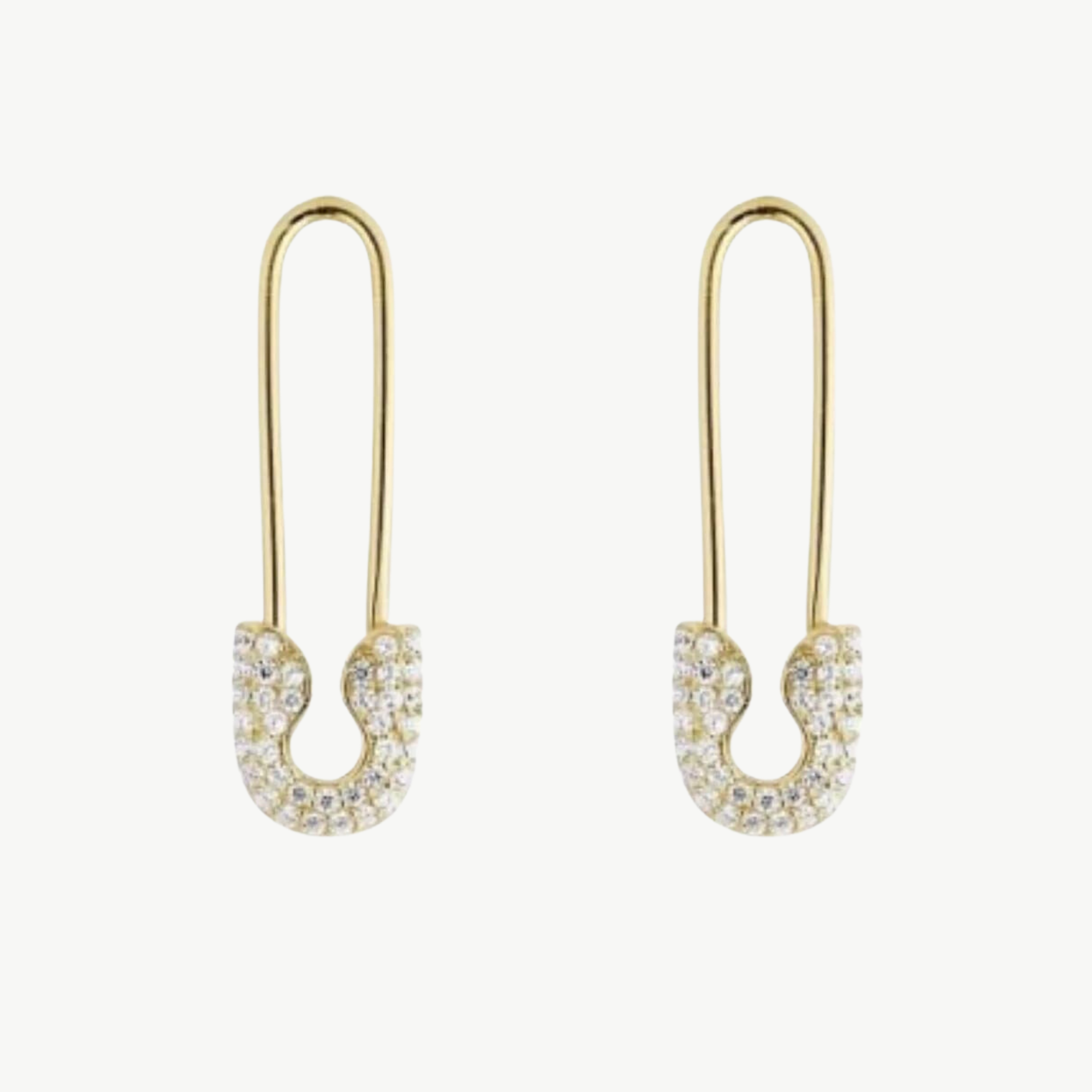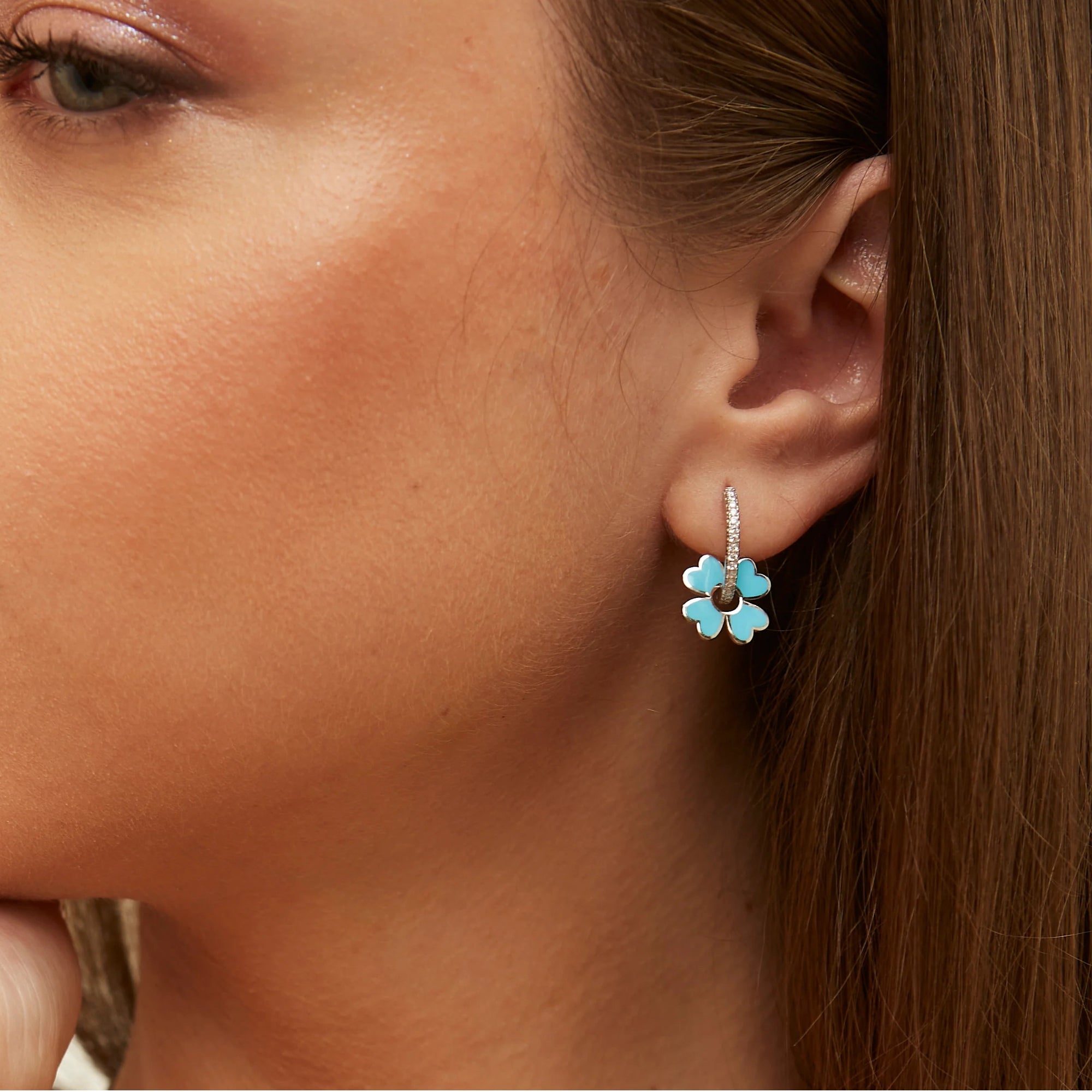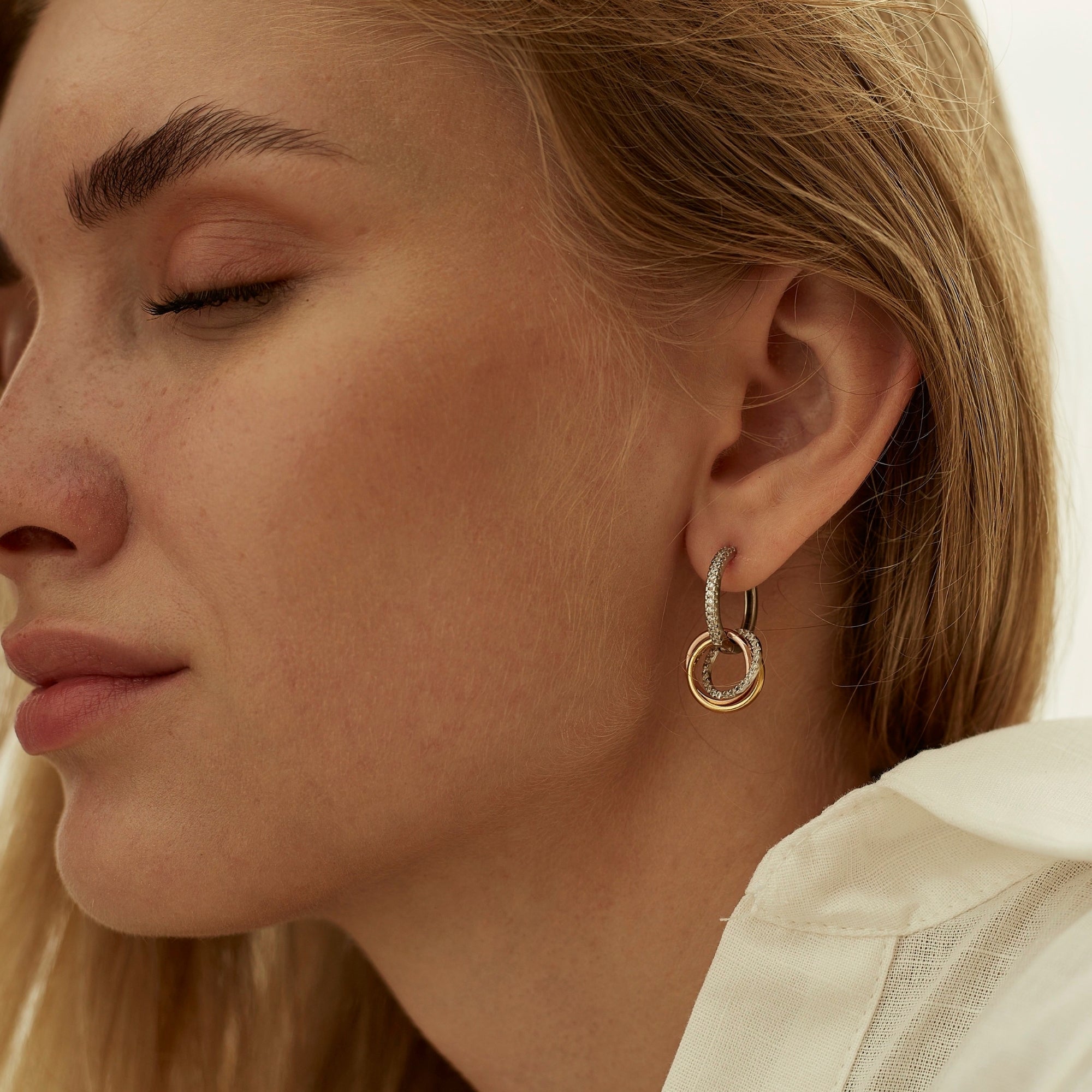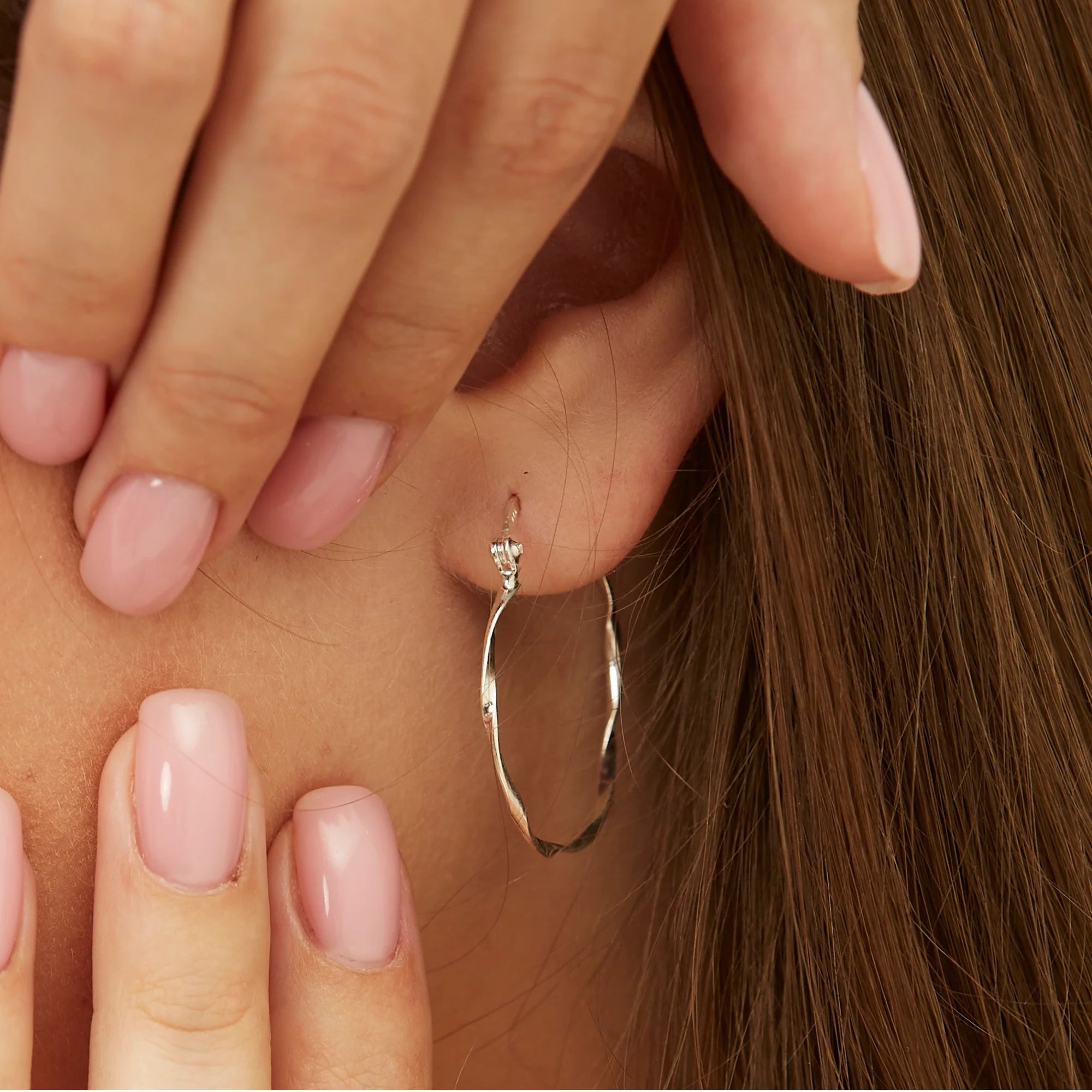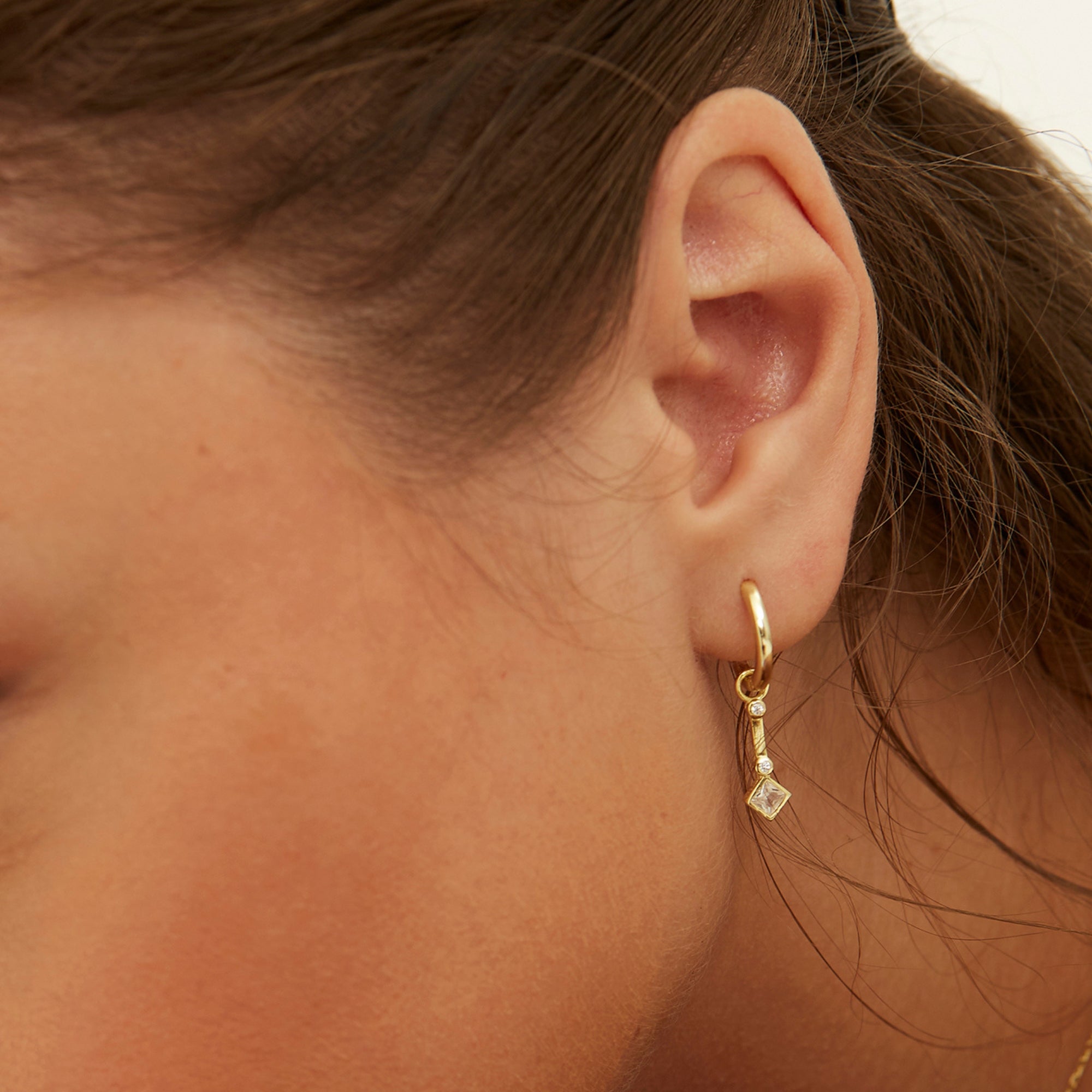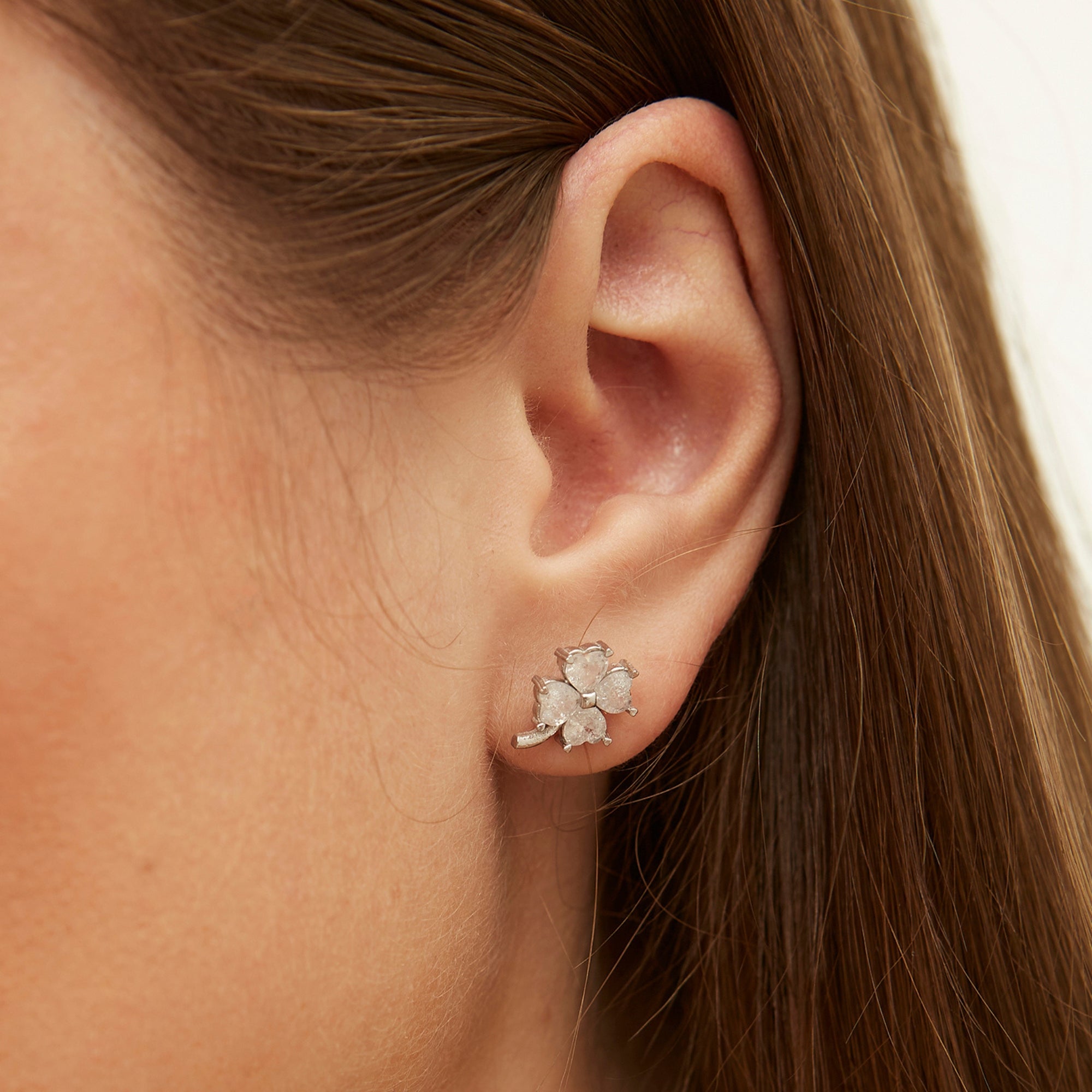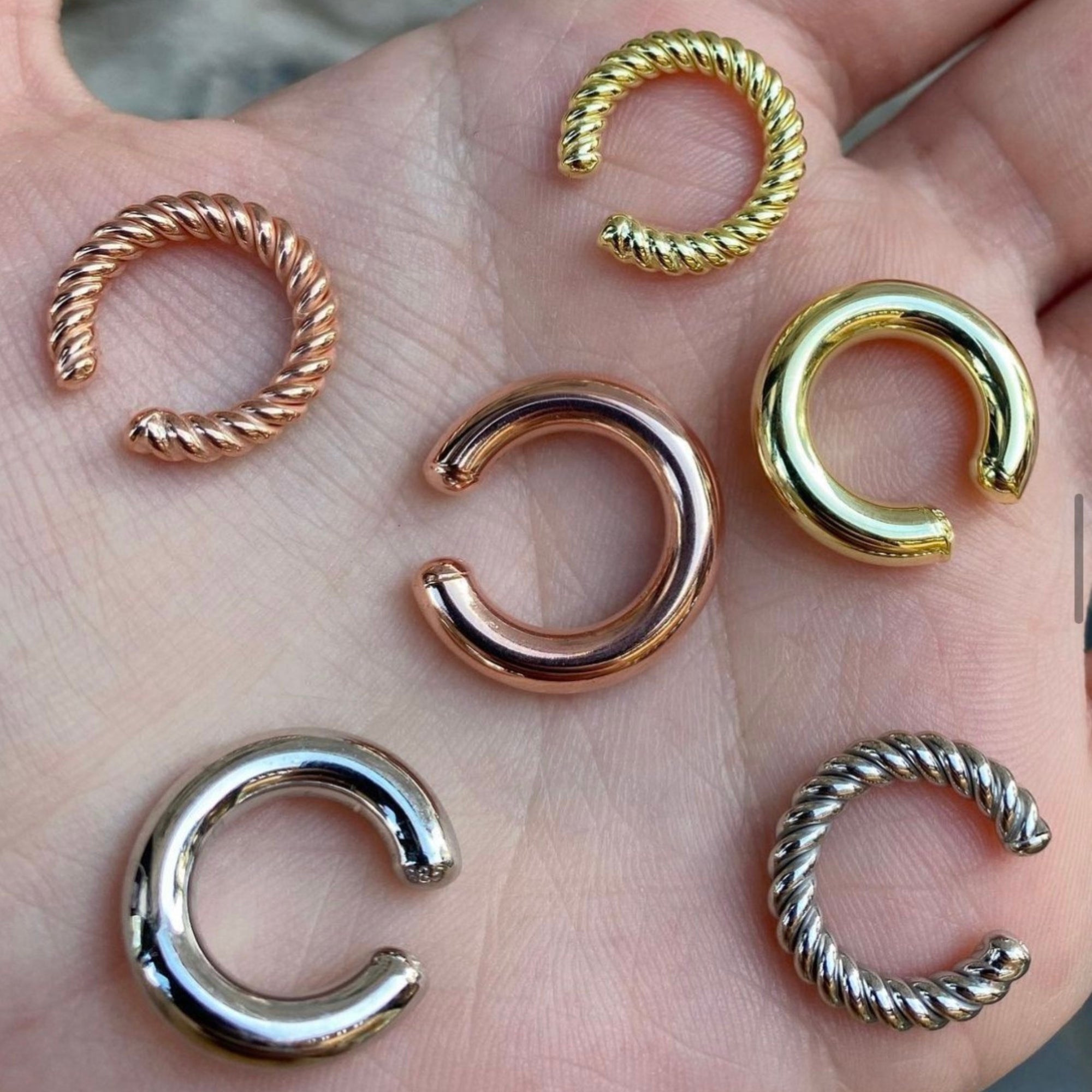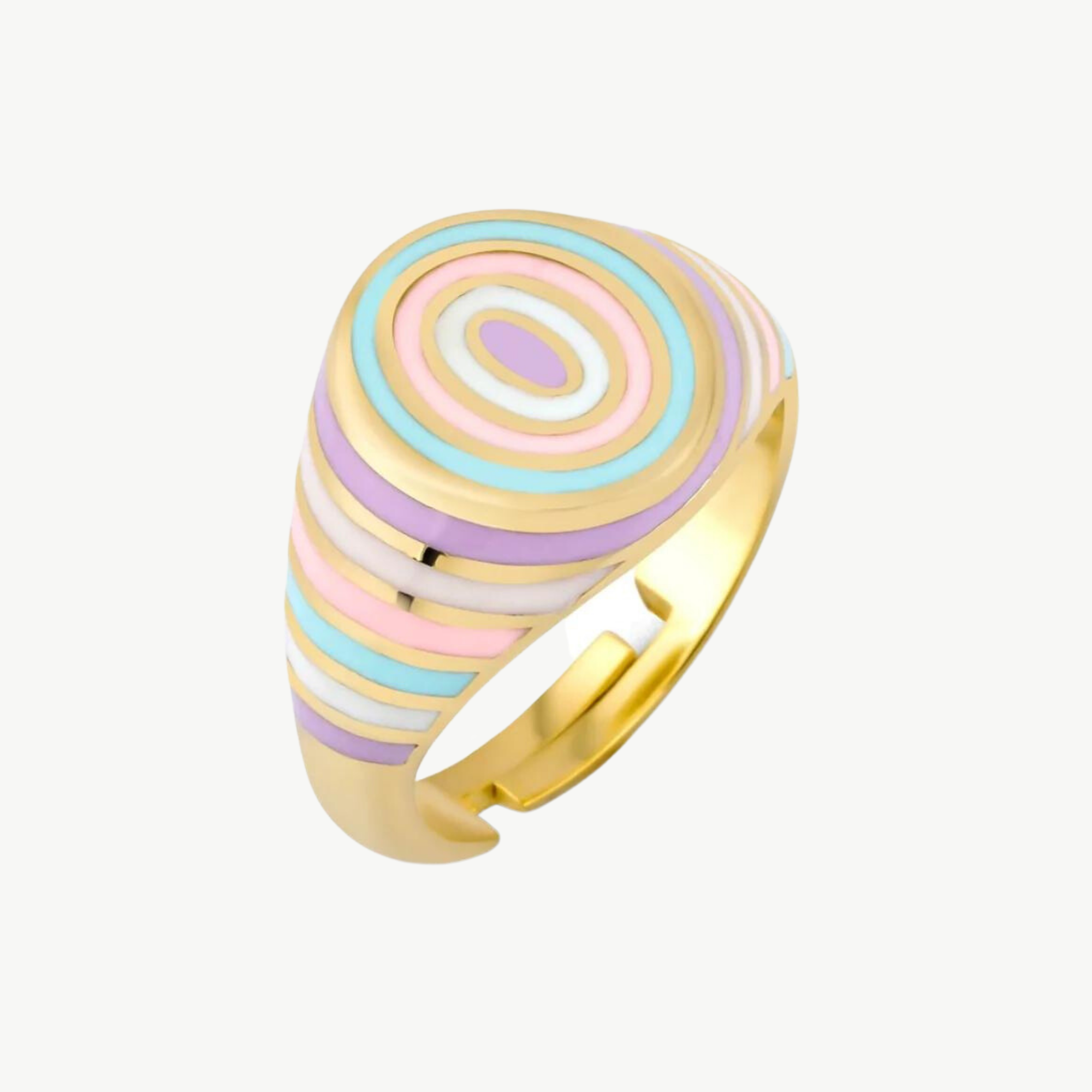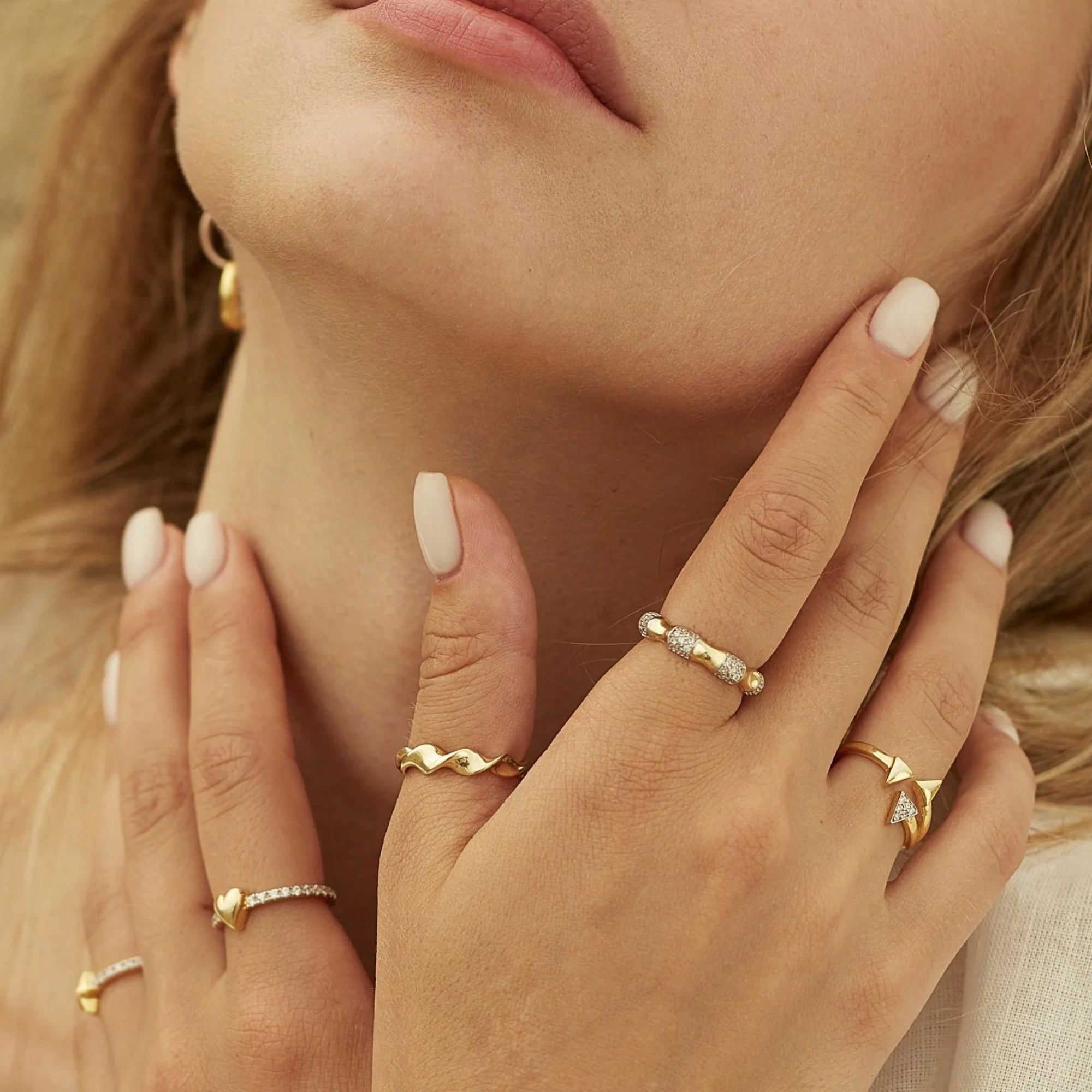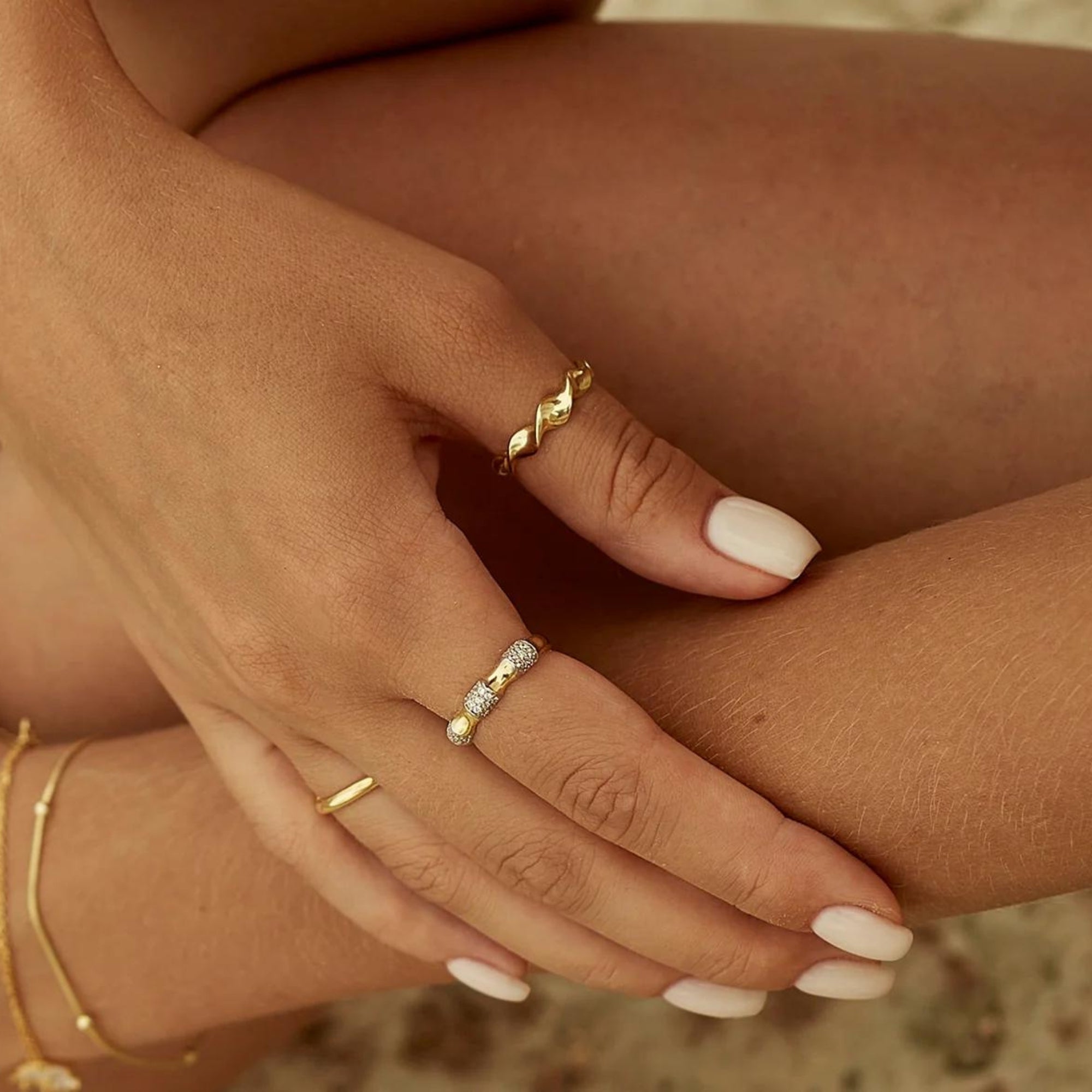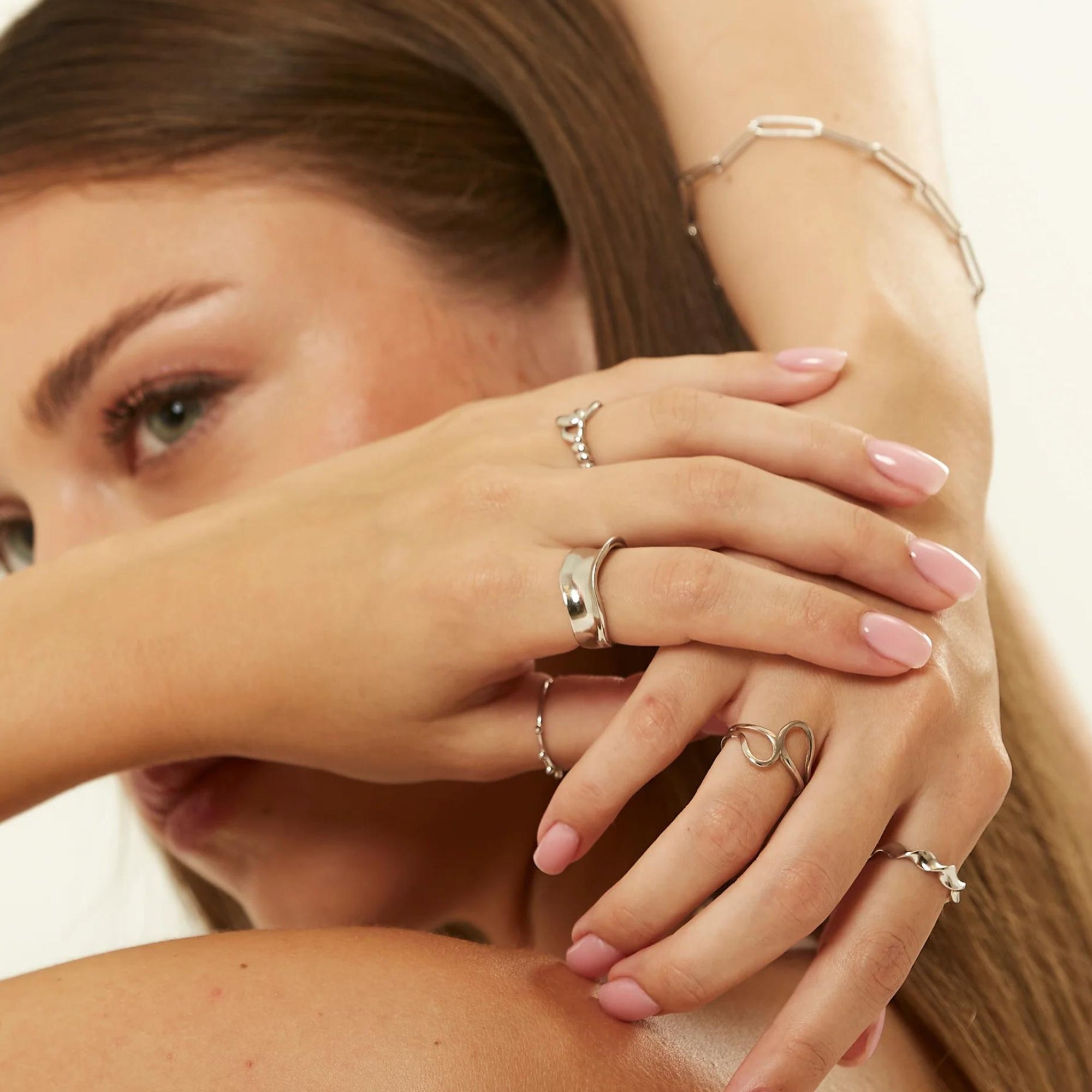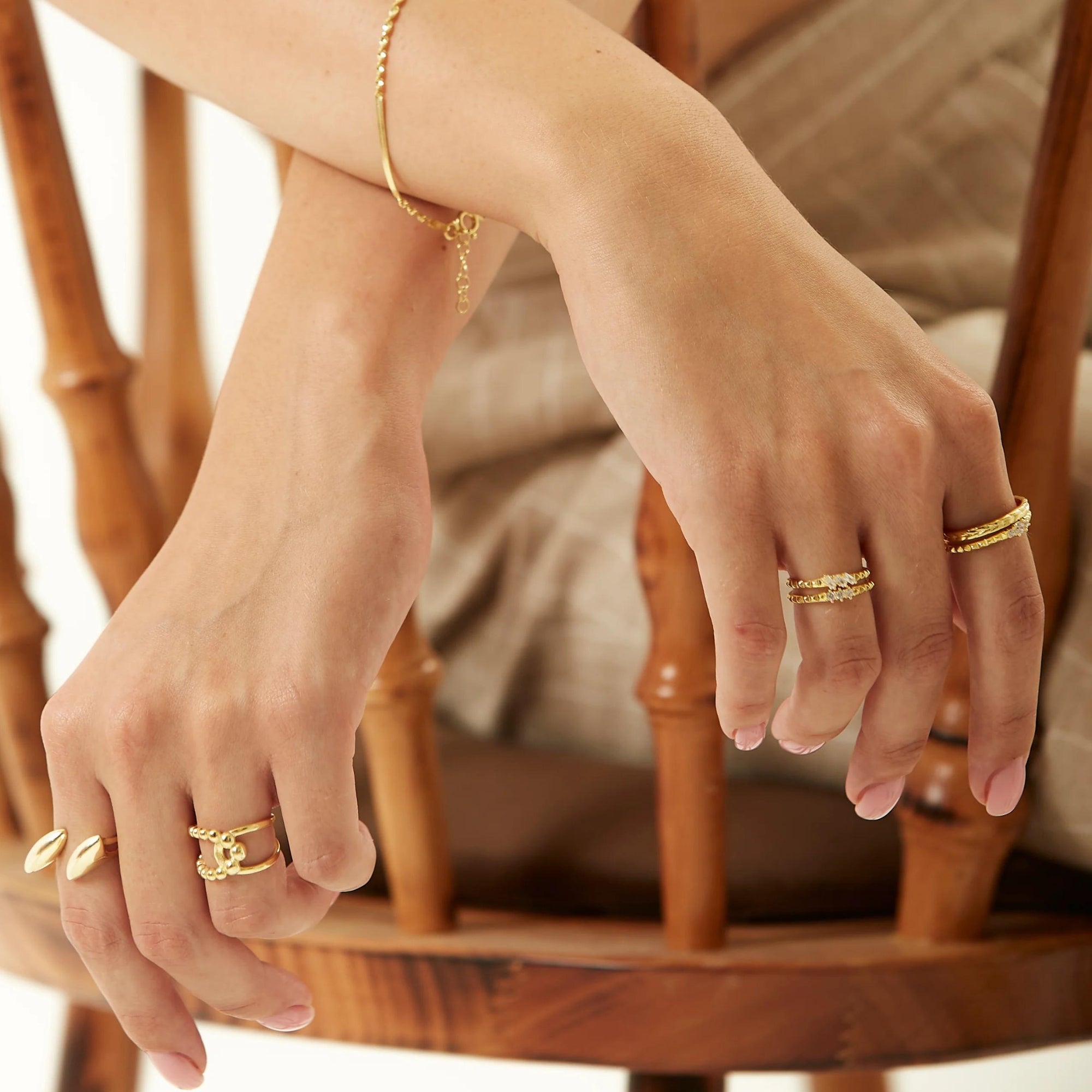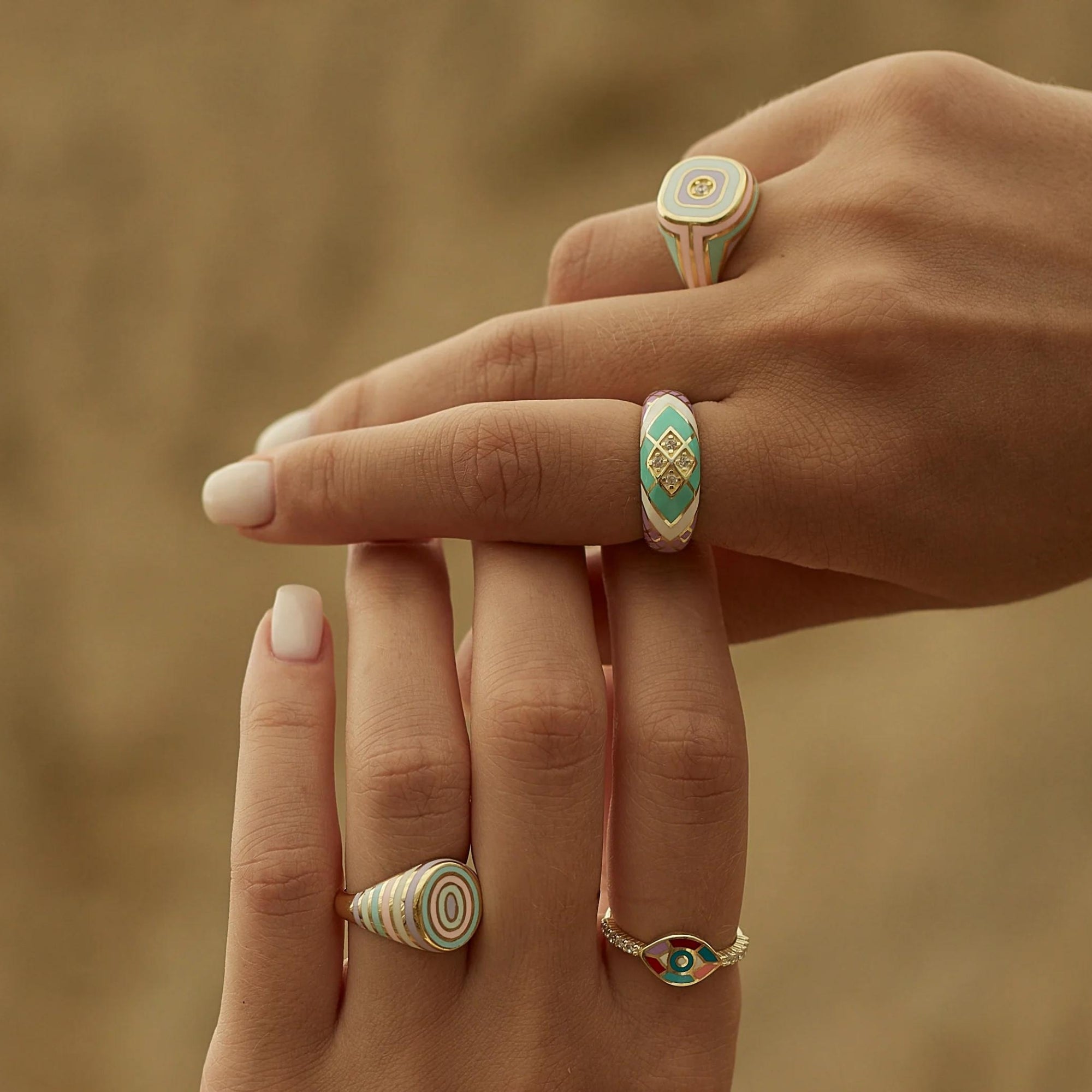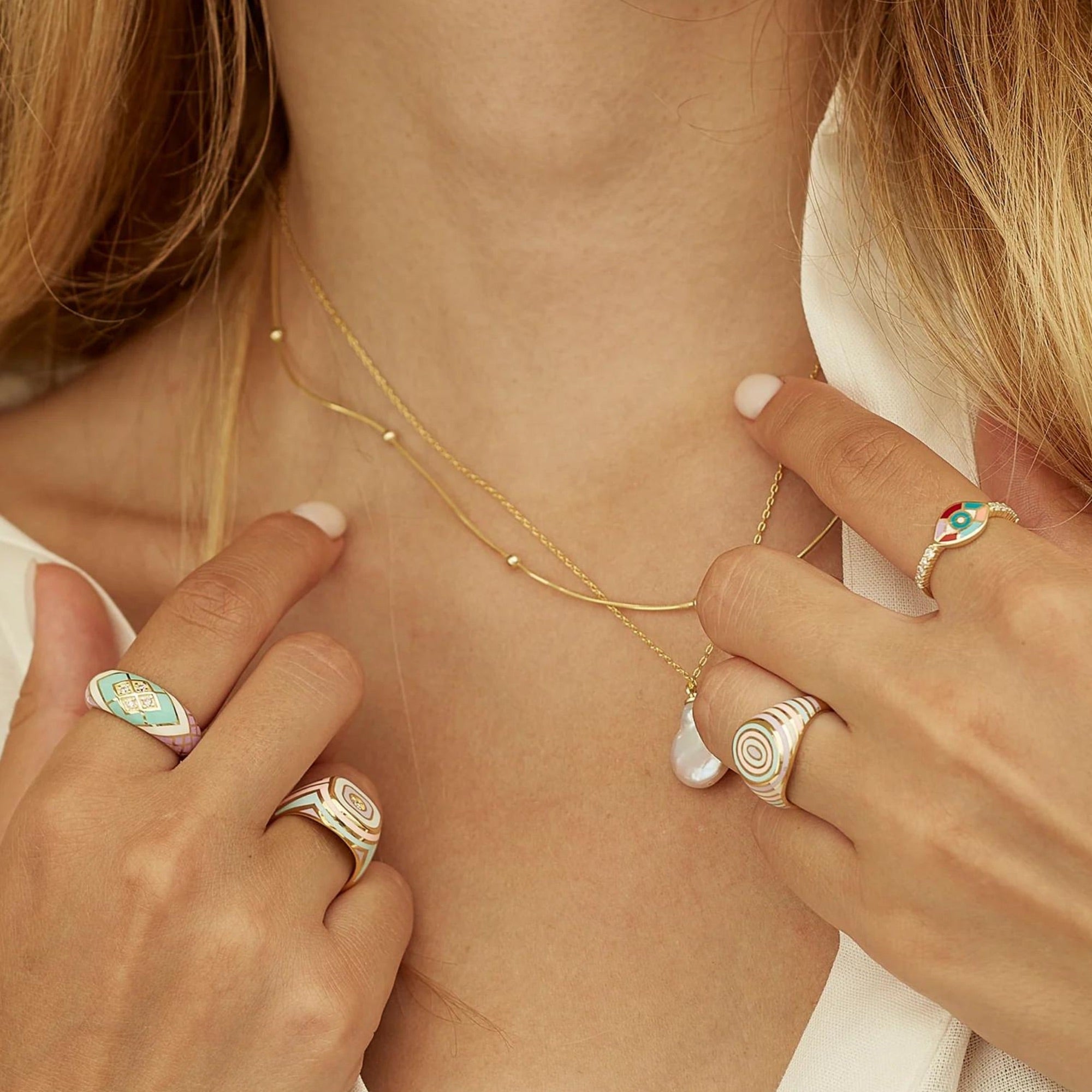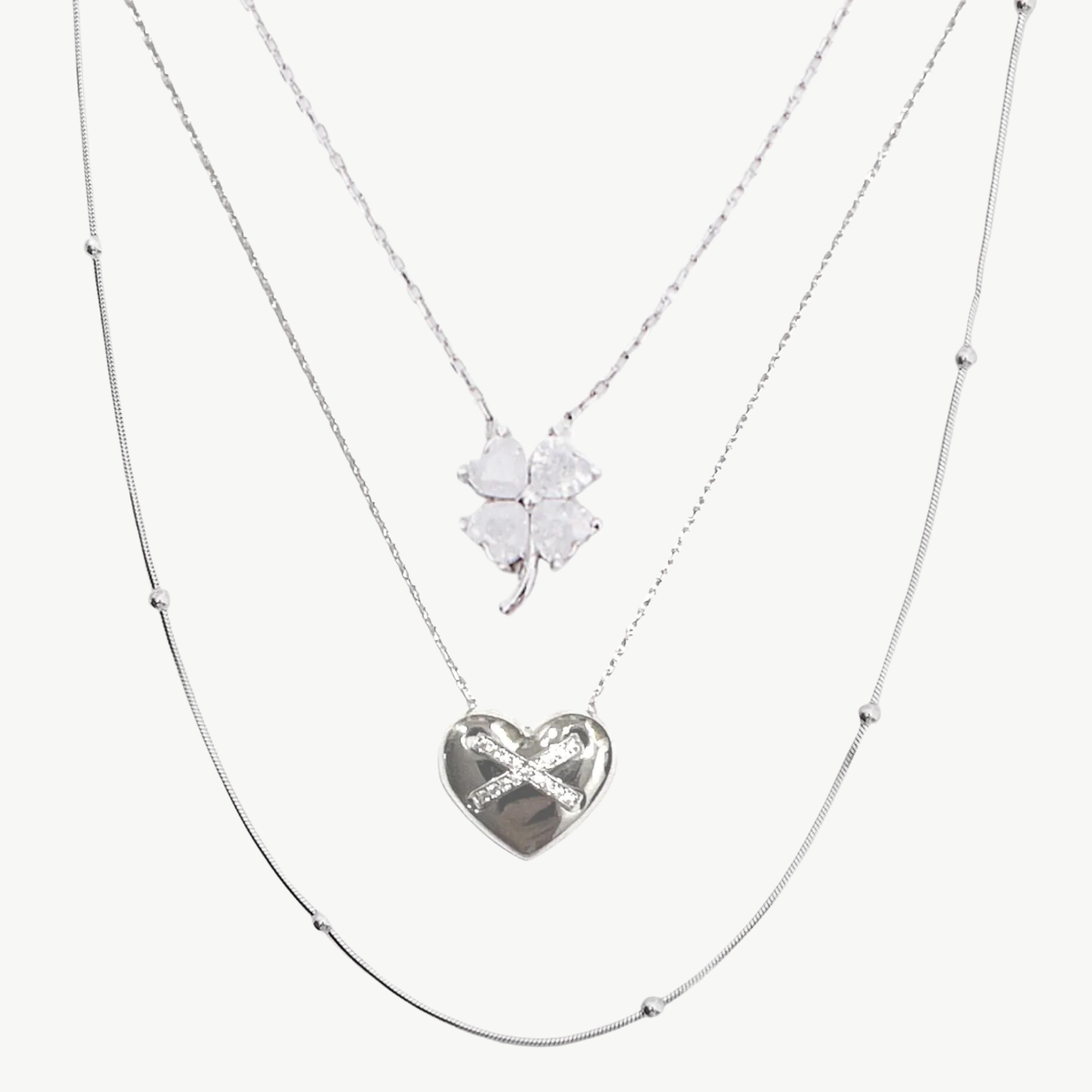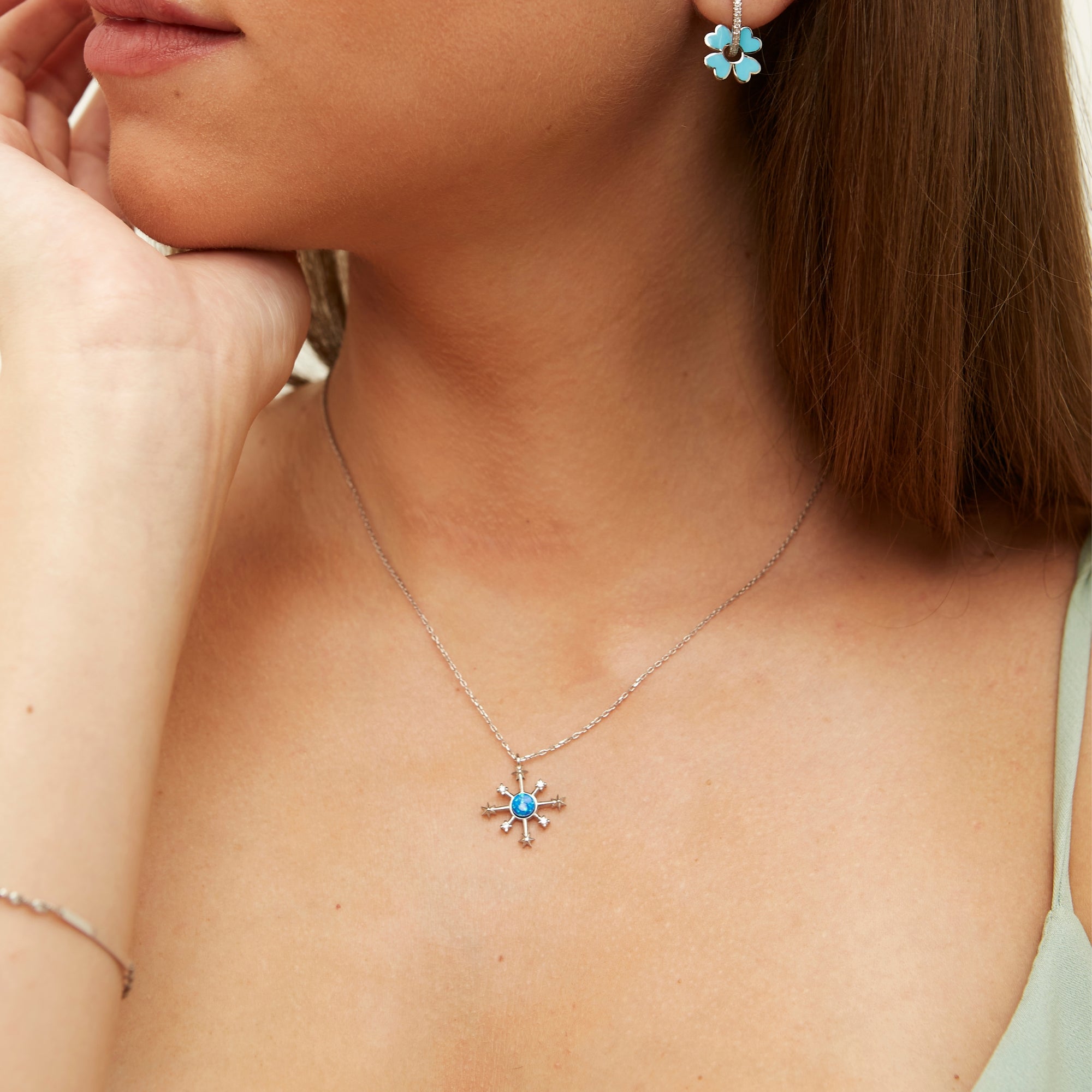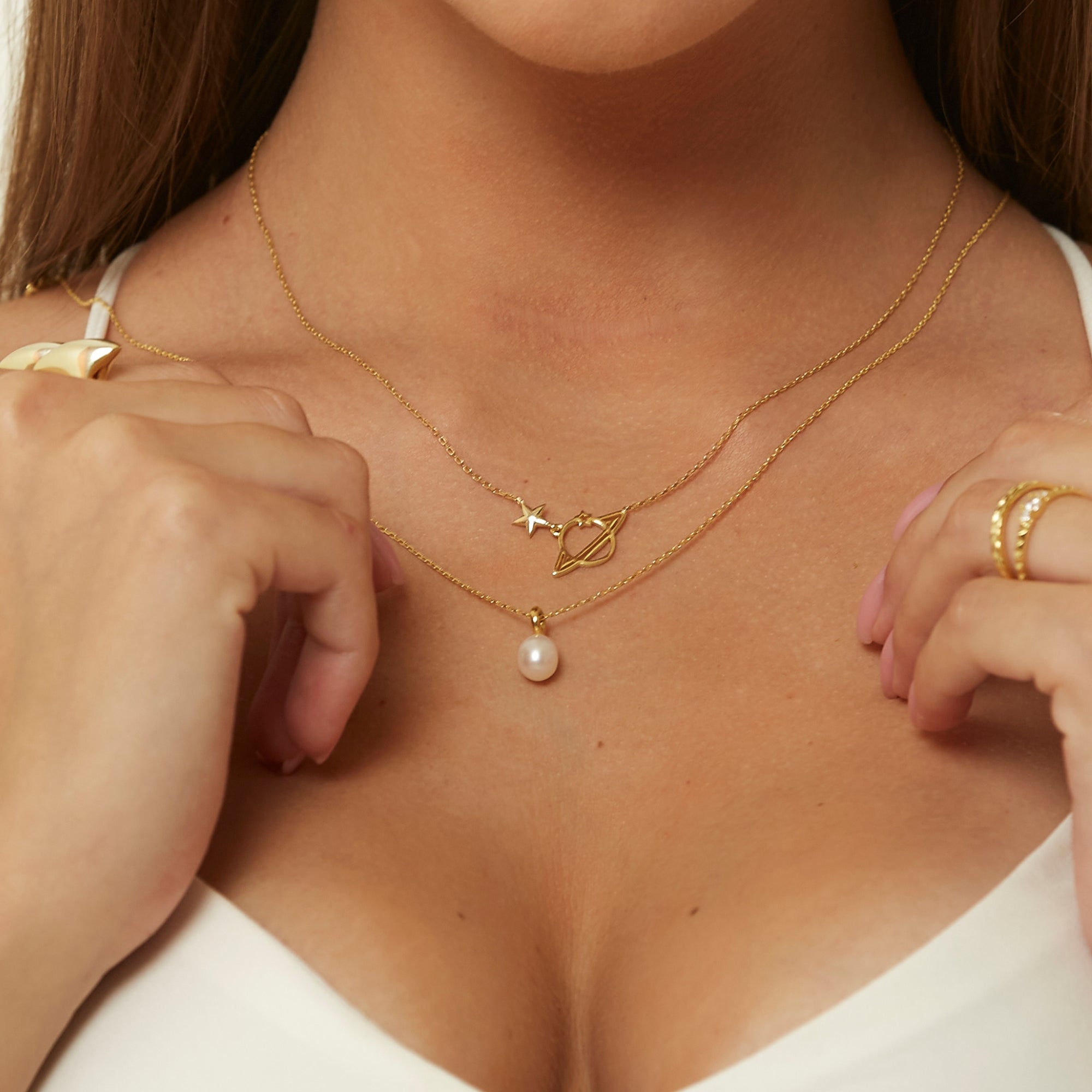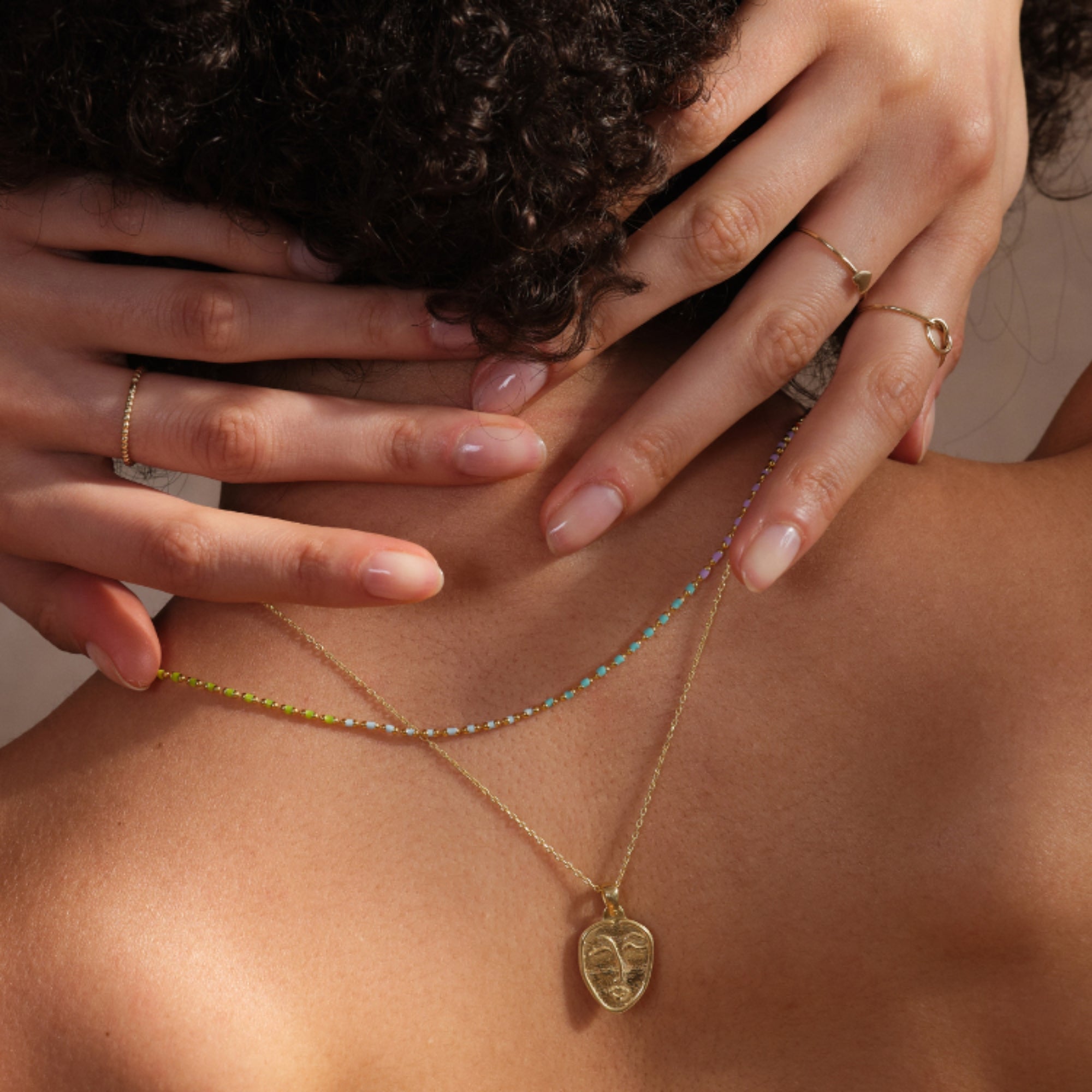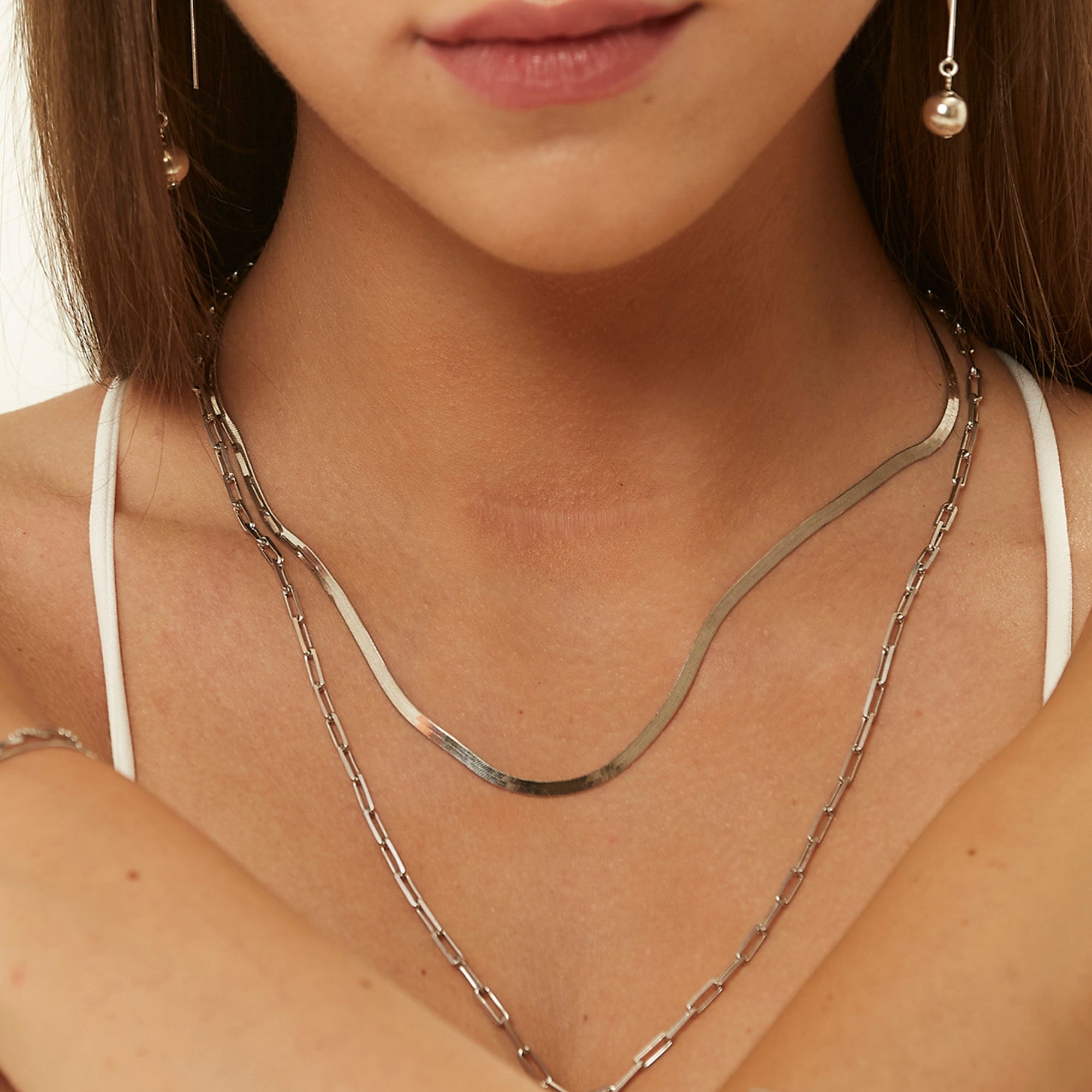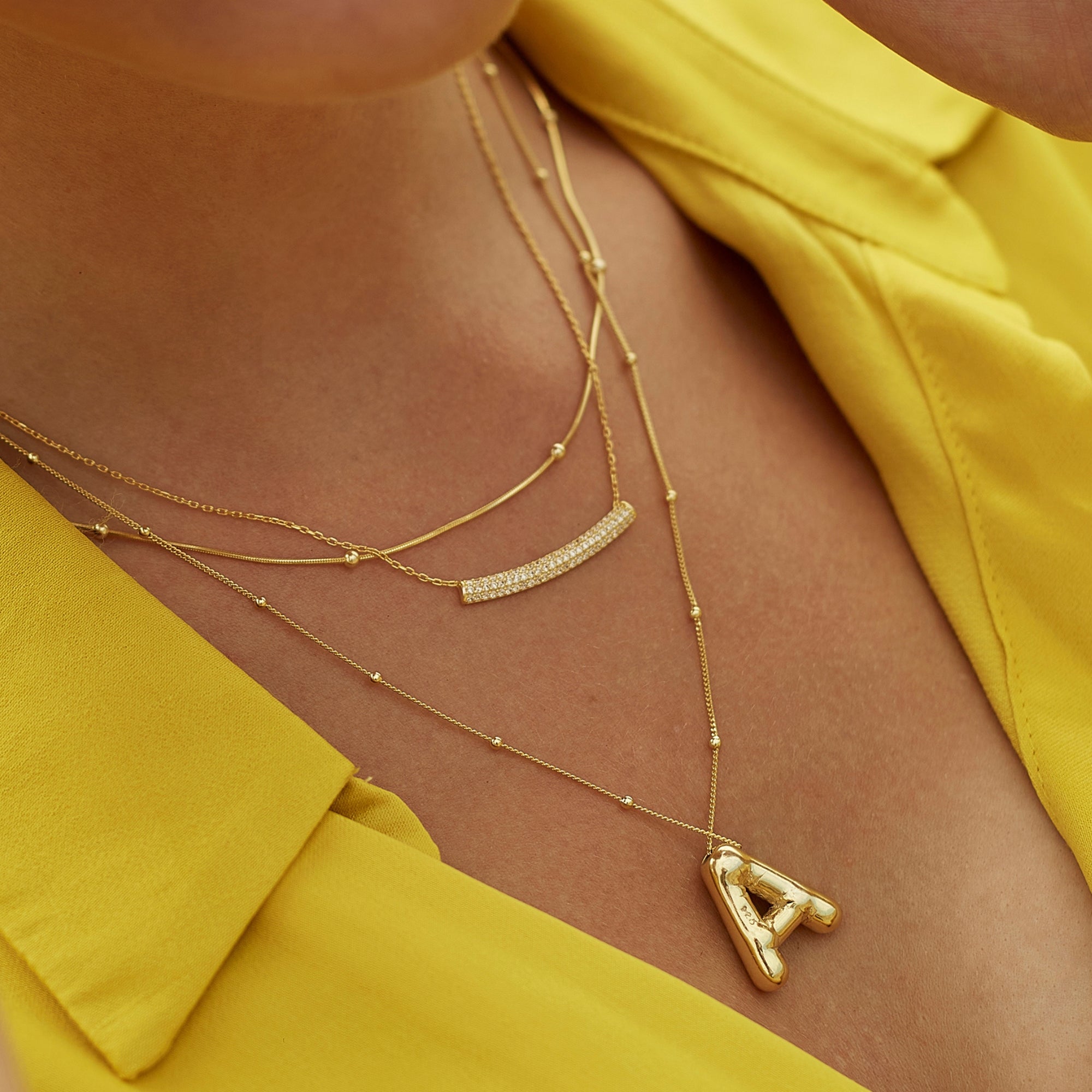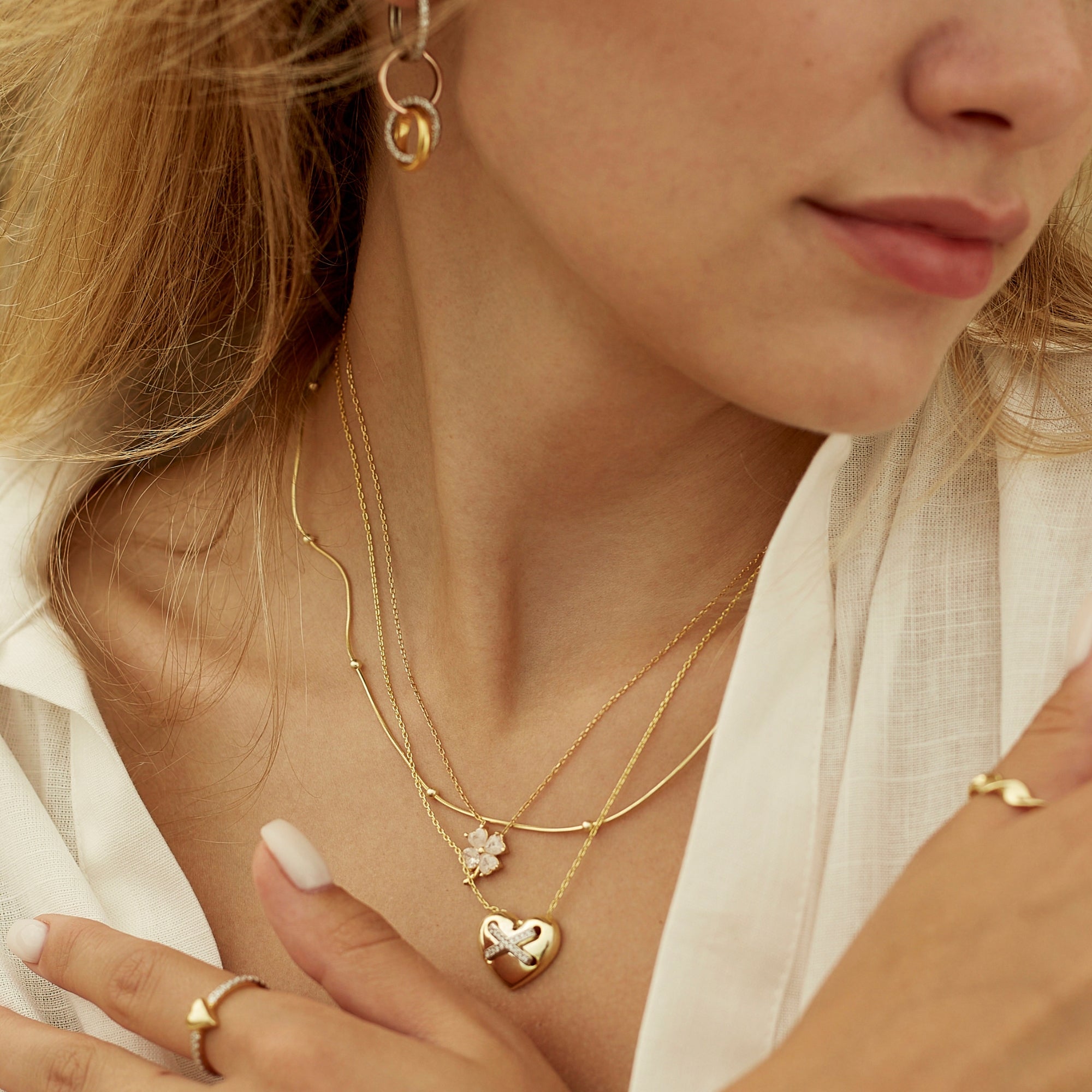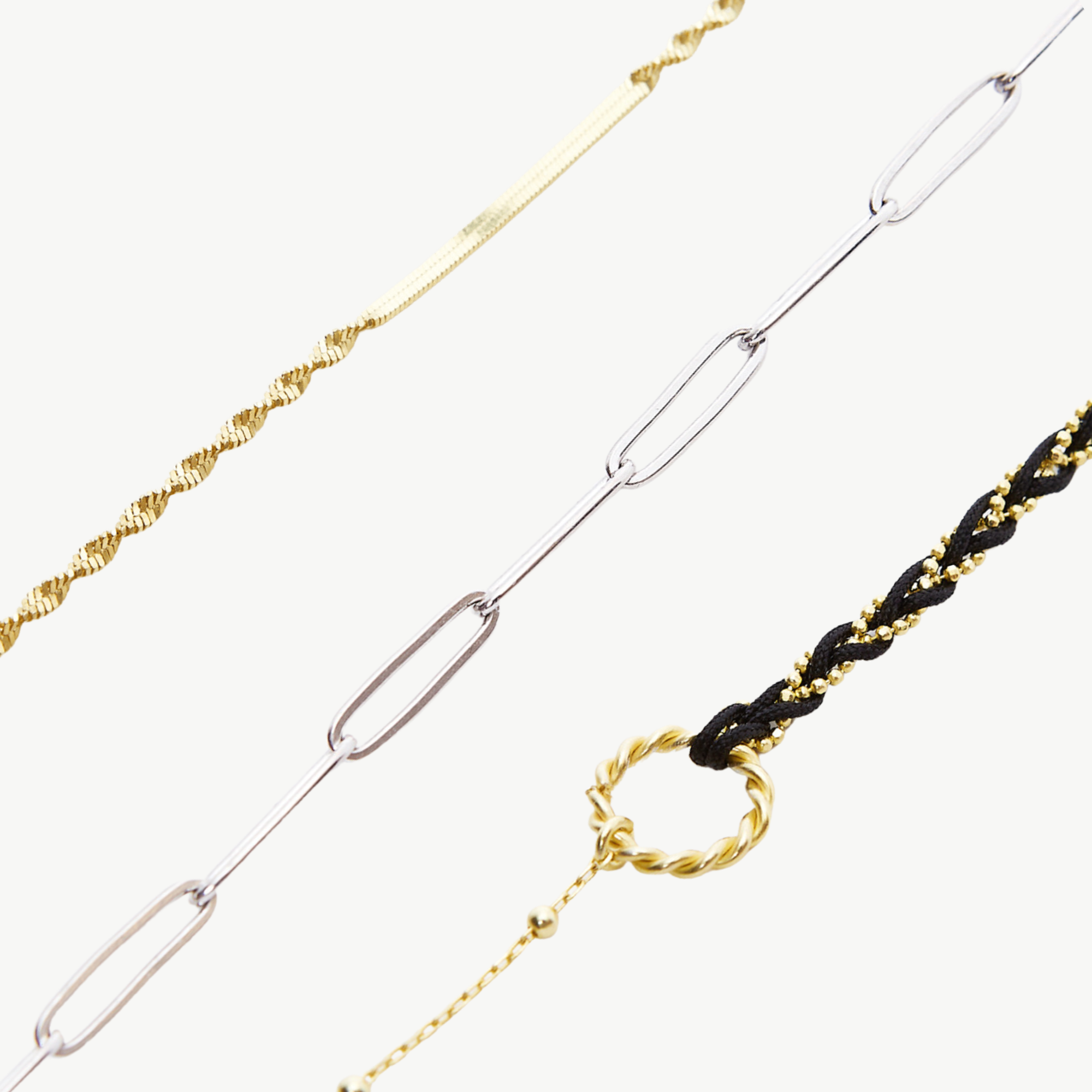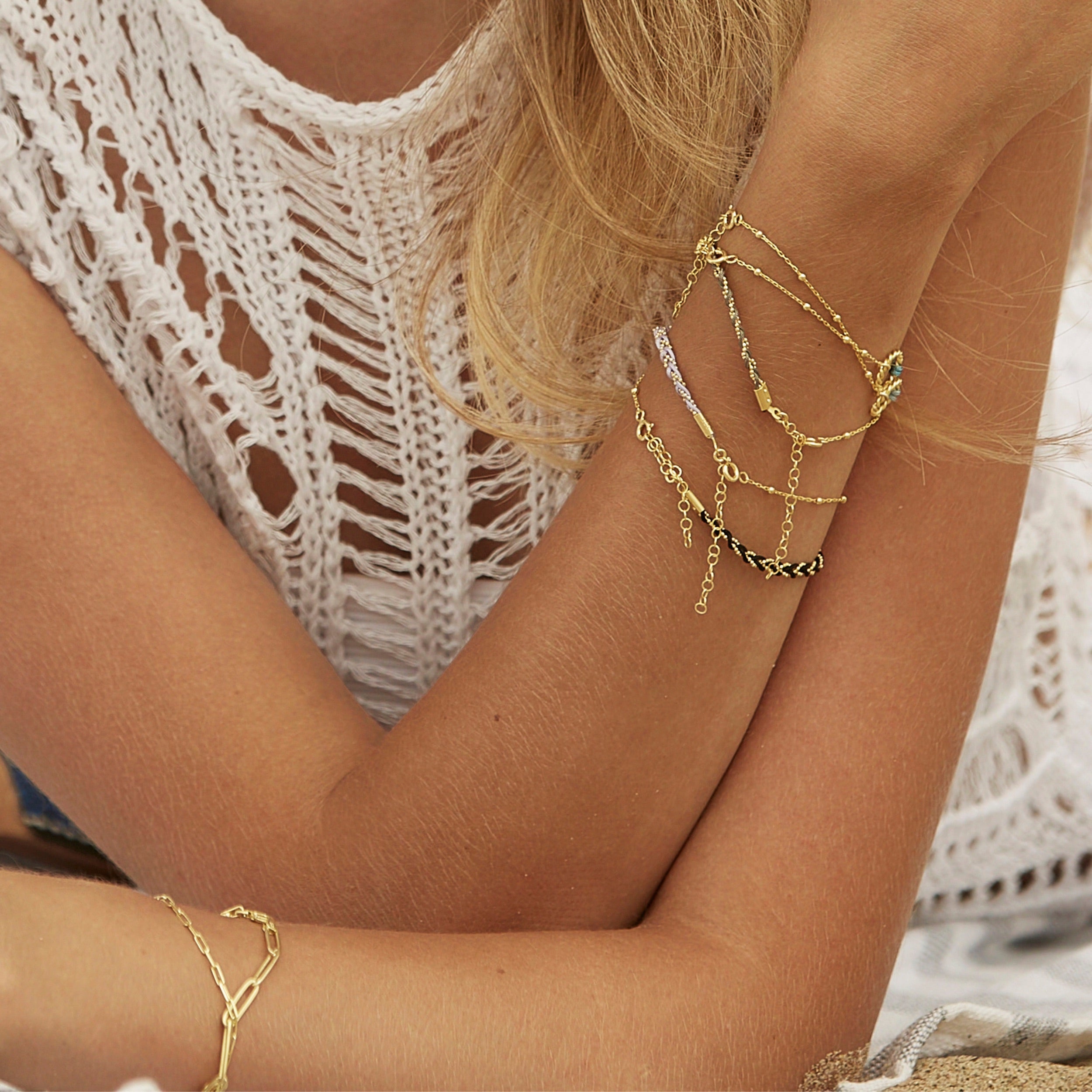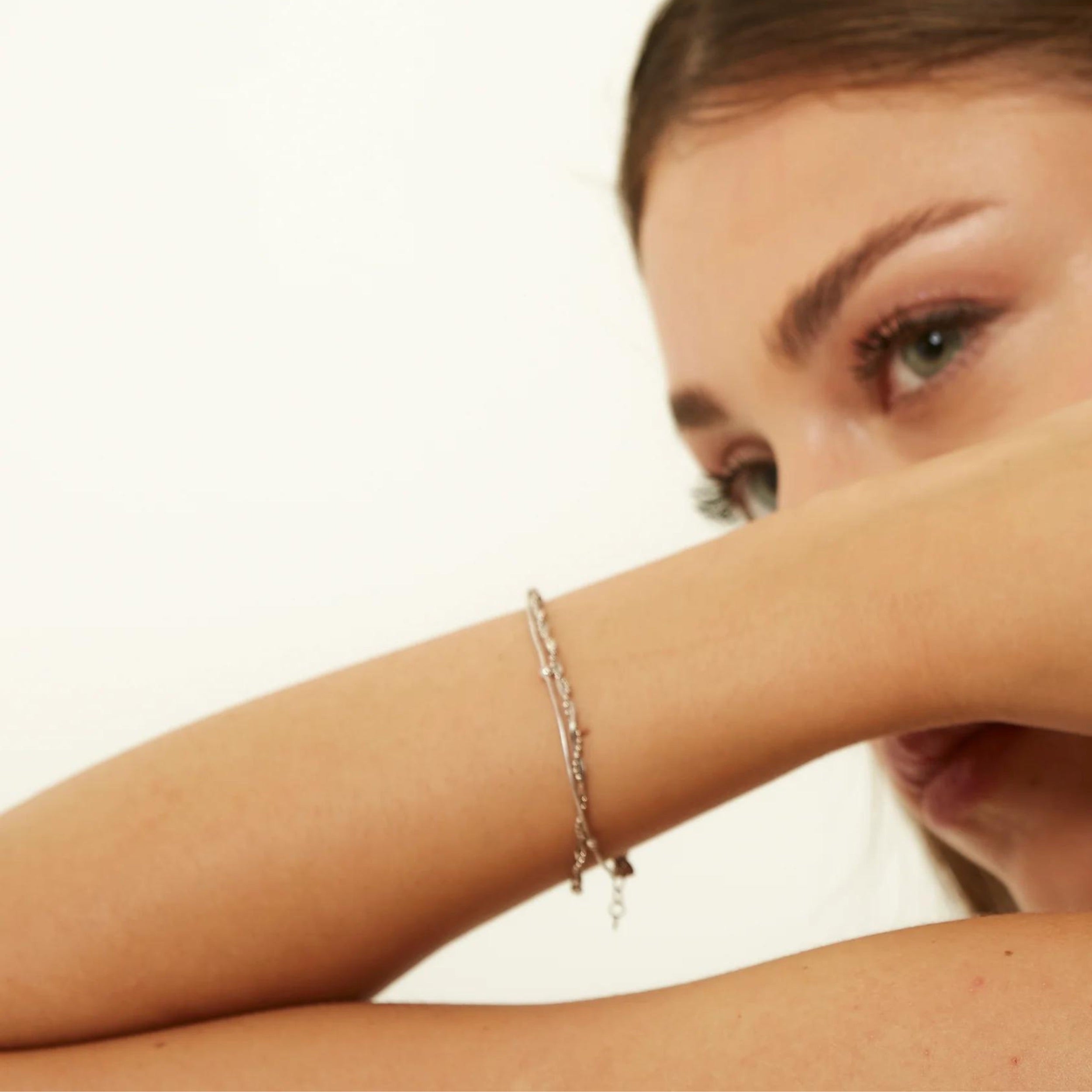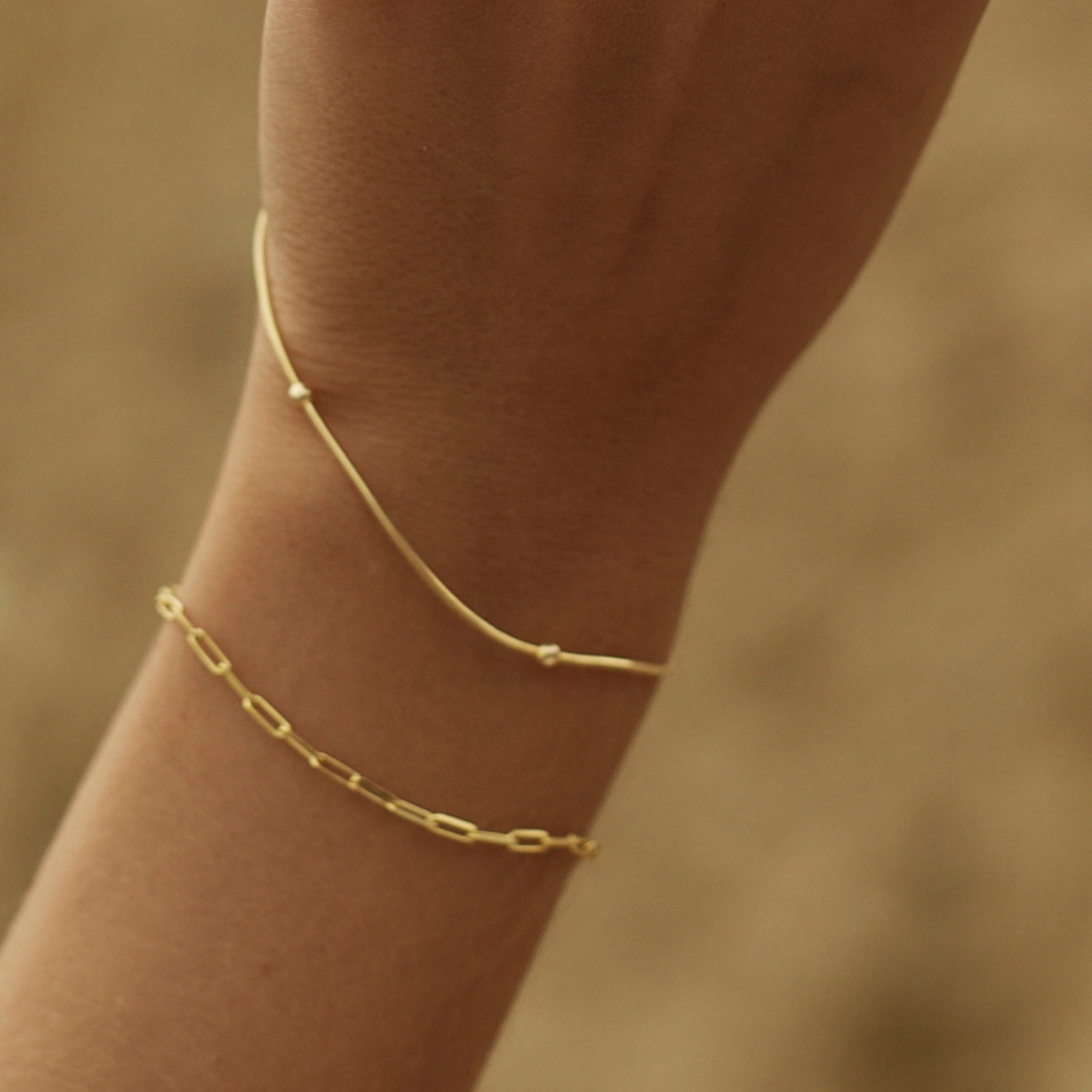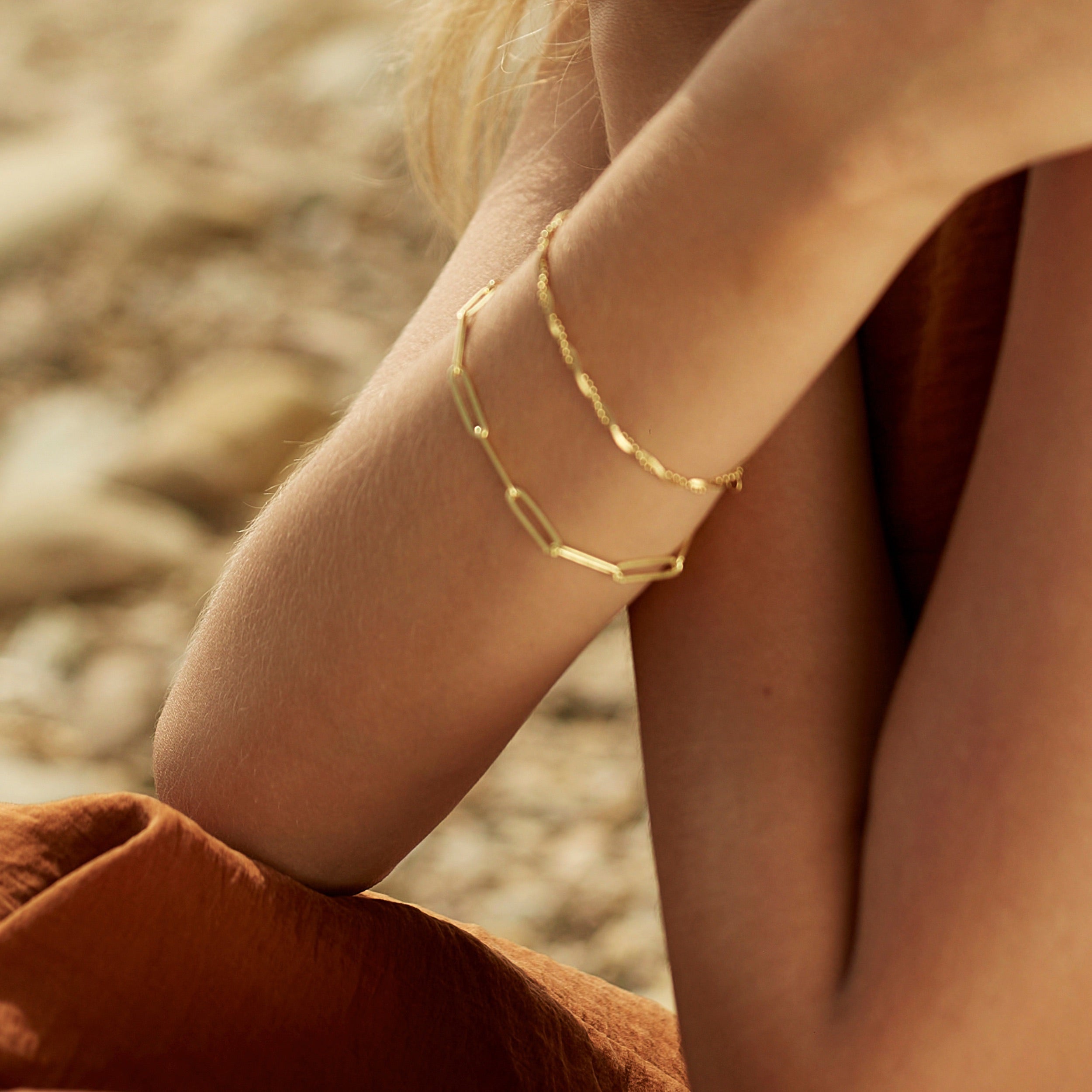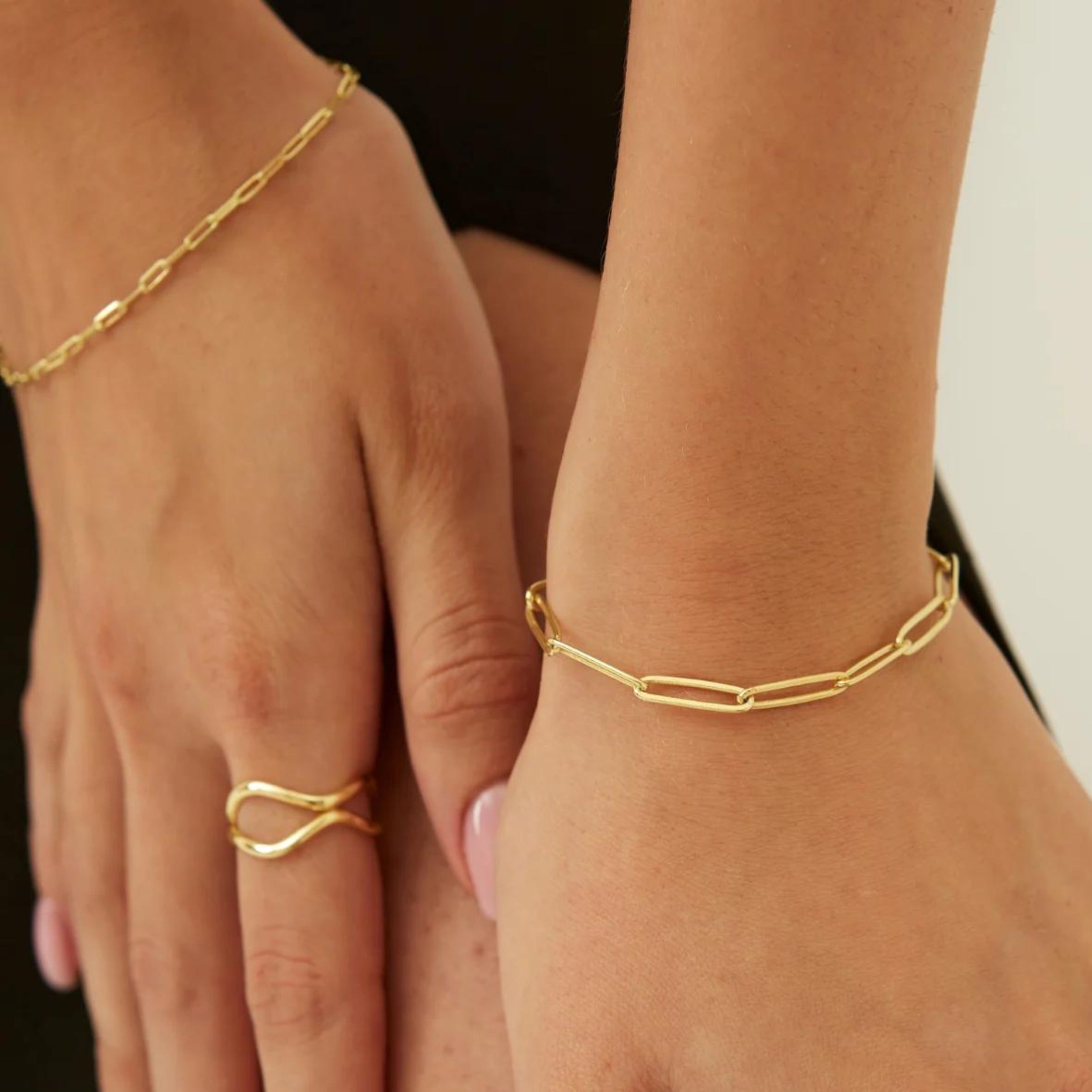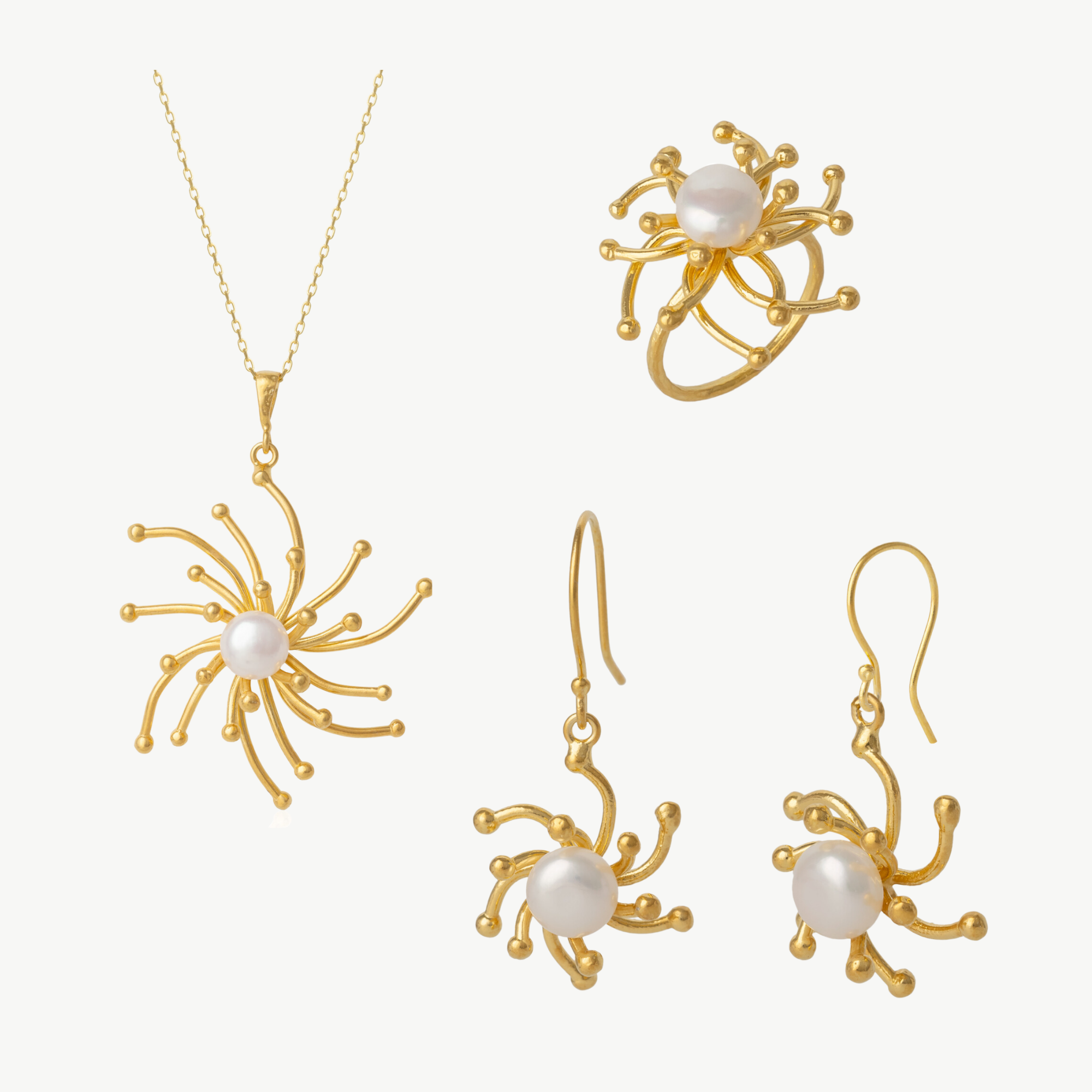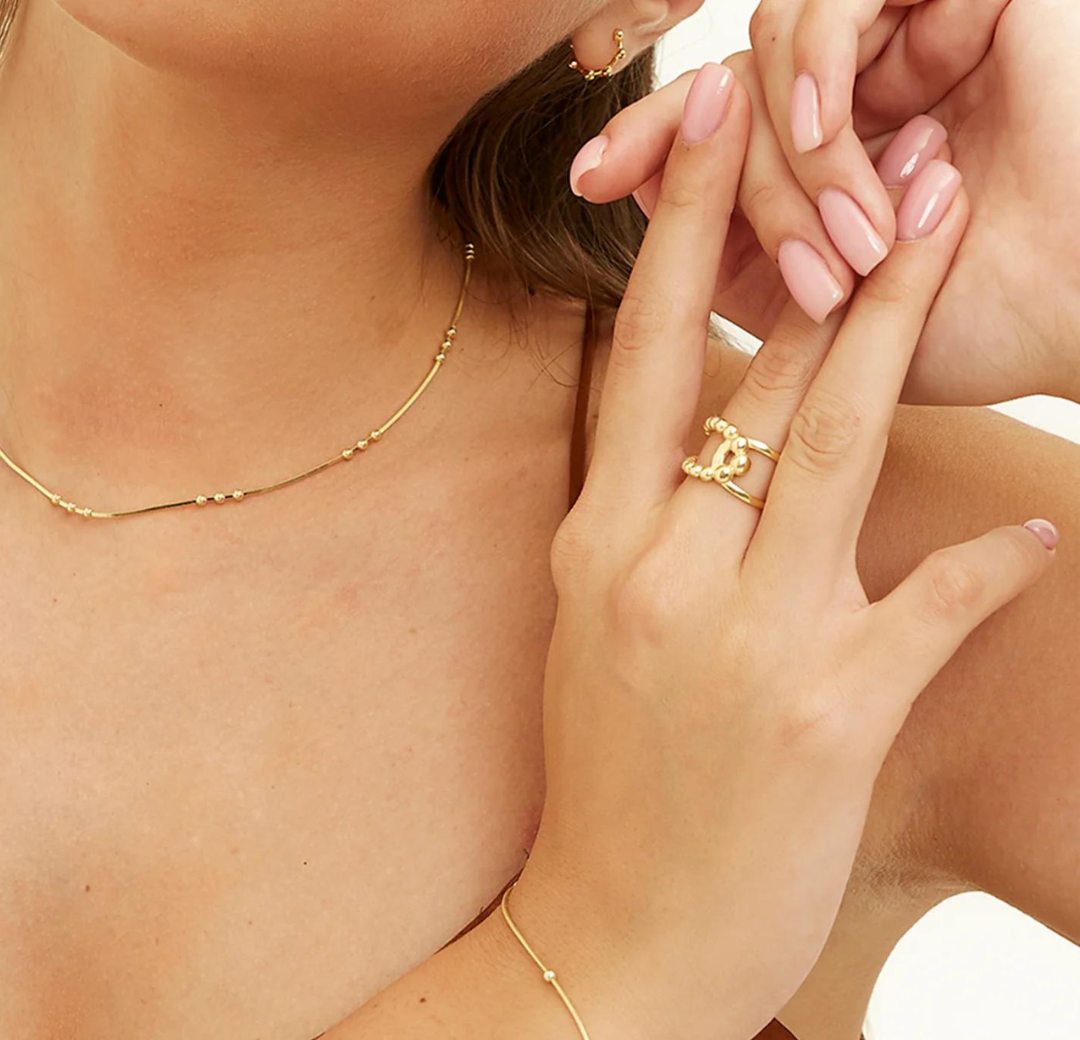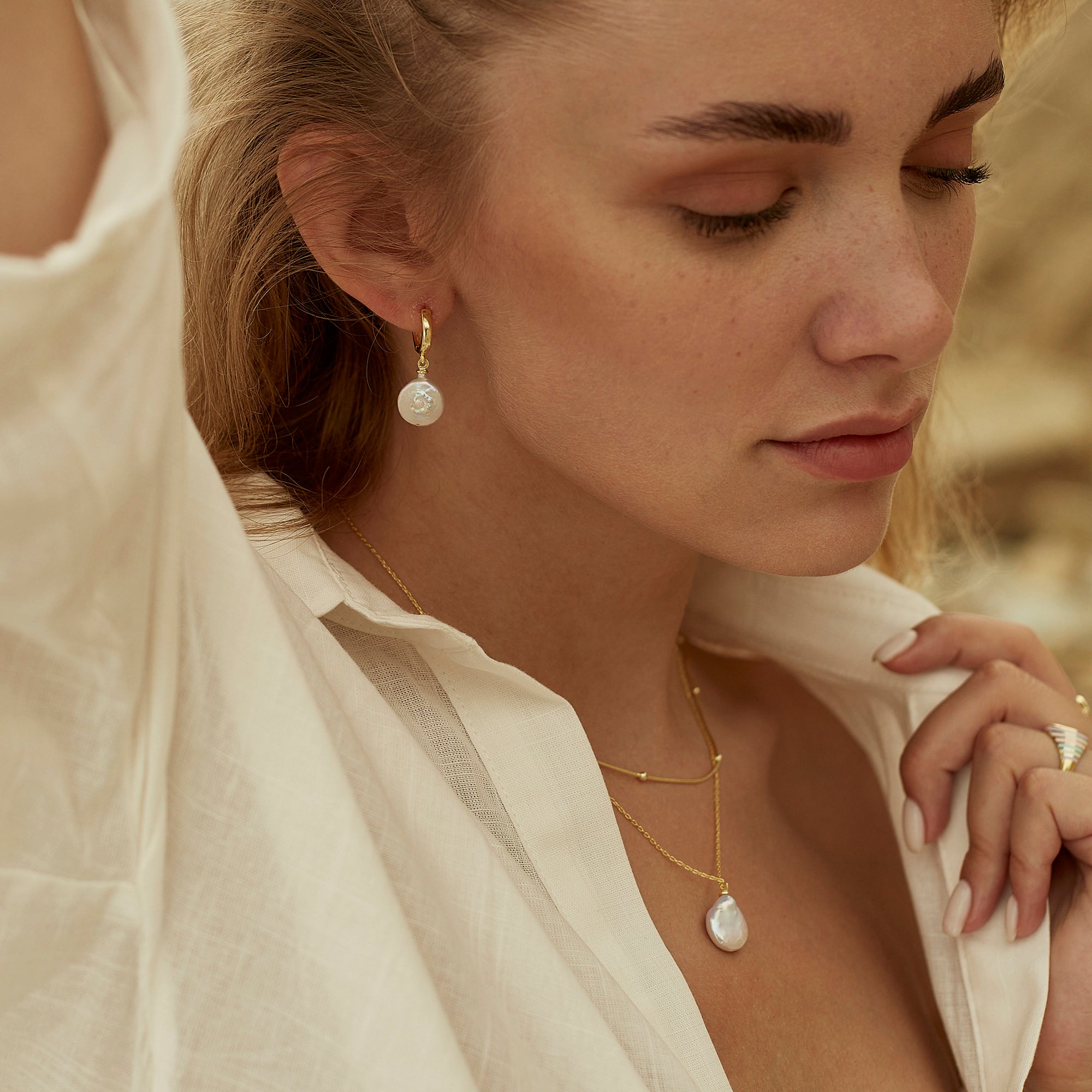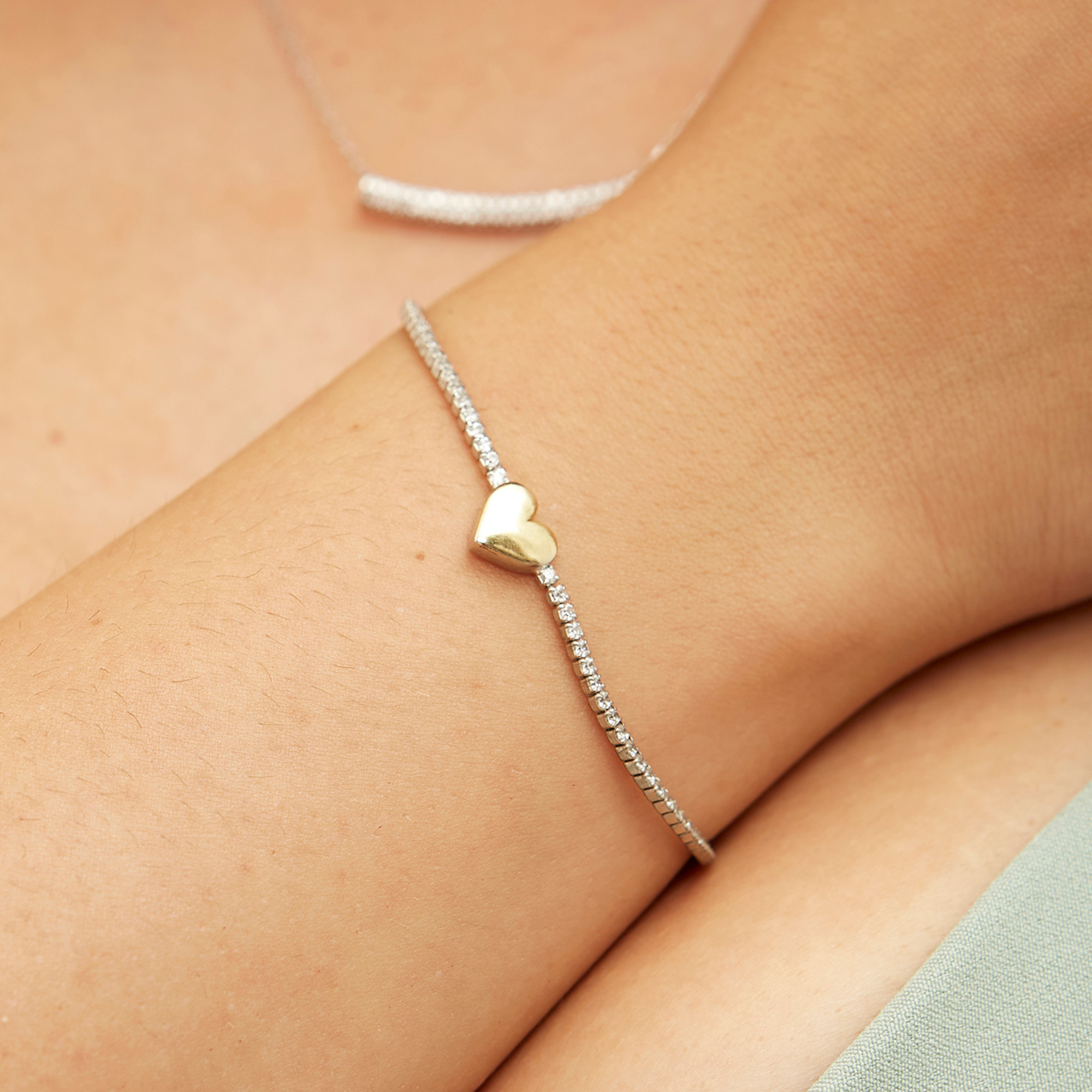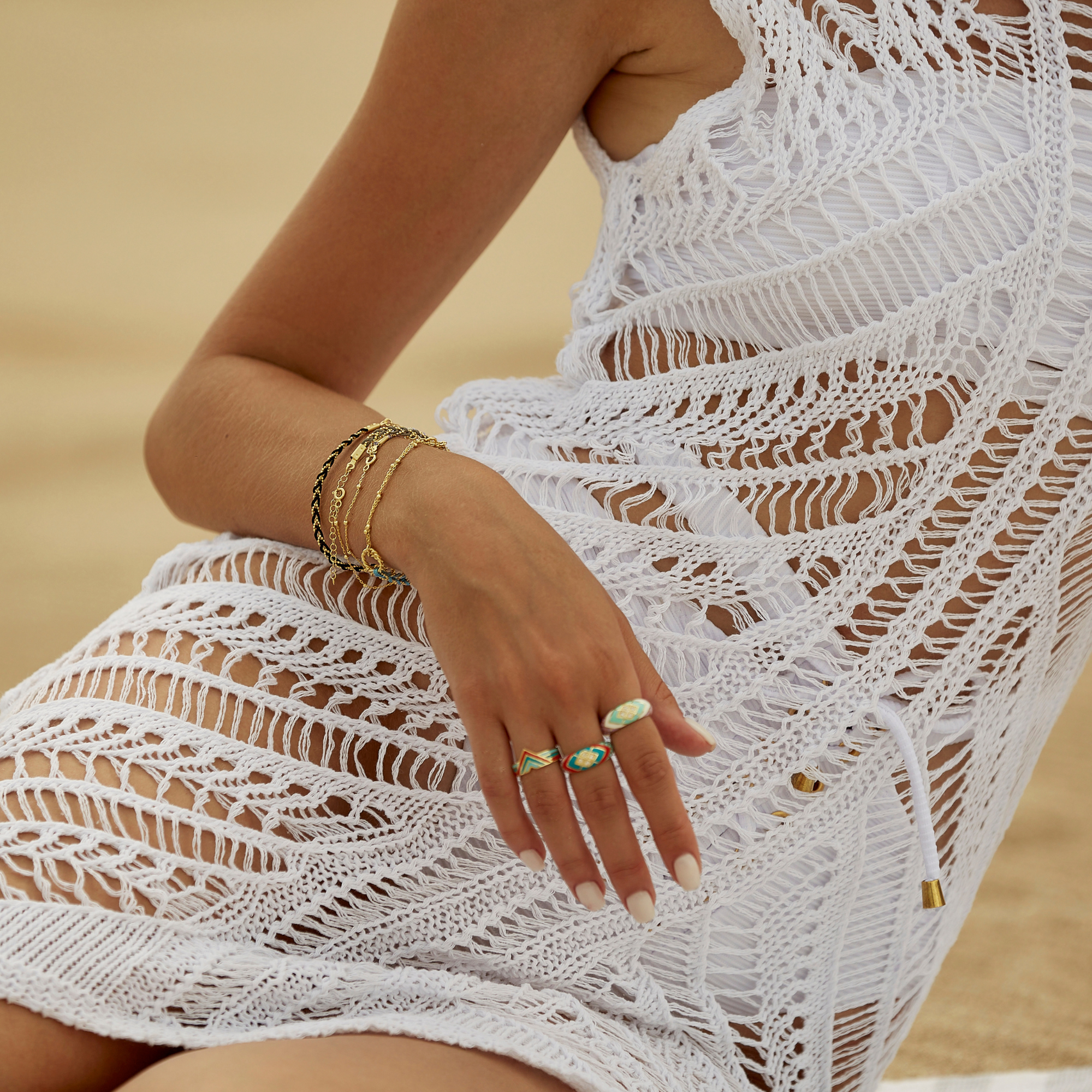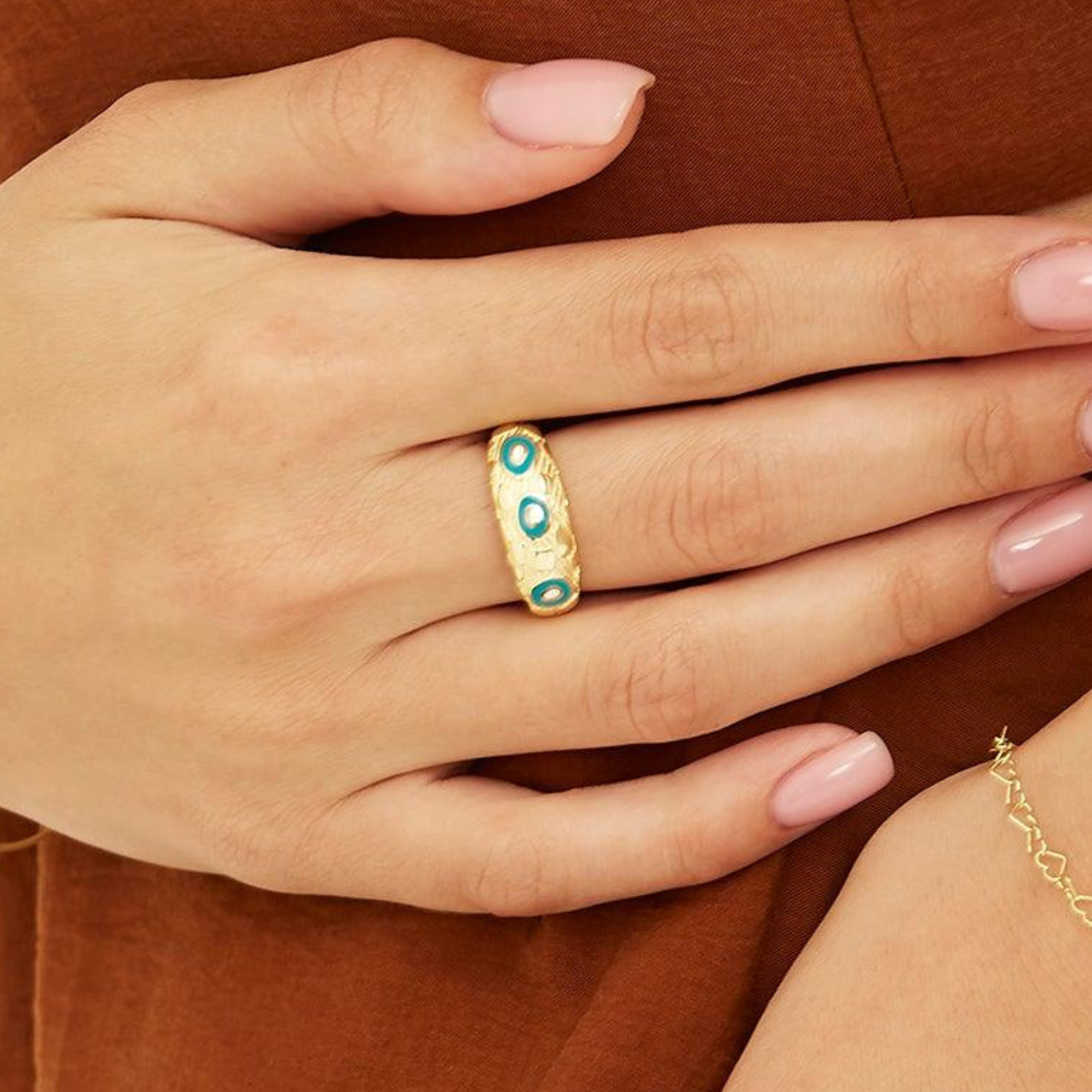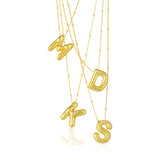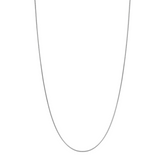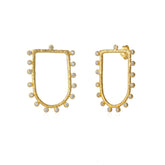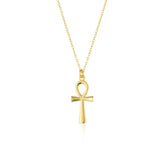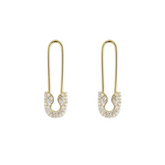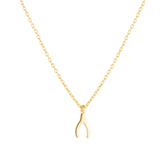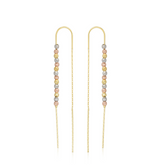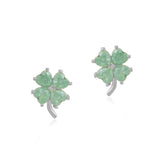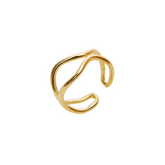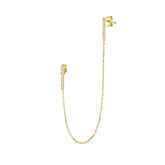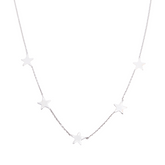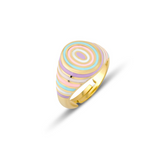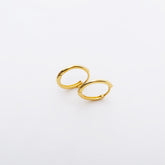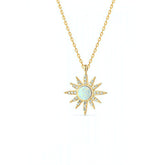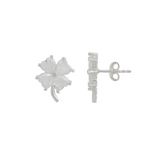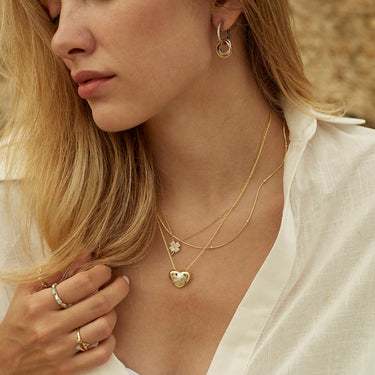Jewellery
Jewellery
Jewellery is a class of decorative objects worn for personal adornment. These items may be worn on the body or attached to clothing. In the western perspective, jewellery does not include flowers. Instead, it consists of metal pieces and gemstones that are typically attached to clothing. Jewellery is typically made of precious metals, such as gold and silver.
The Renaissance ushered in a new style of jewellery and its influence can be traced back to the art of engraving. This new style was popularised by architects and painters such as Hans Holbein and Jacques Androuet du Cerceau. Many other artists and craftspeople followed suit. The movement was also a catalyst for modernisation of jewellery.
The term "jewellery" is derived from the French and Latin words "jouel" and "jocale", both of which mean "plaything". In British and American English, the word is spelled jewelery while in Canadian English, the word is spelt joaillerie. In French, the word can also be used to refer to decorated metalwork or church objects.
Today, commercial jewellery has taken many forms. Designers such as Georg Jensen have expanded the concept of wearable art and added new materials to the market. New technologies and improved methods of harvesting pearls and creating artificial gemstones have helped the evolution of modern jewellery. One such innovation is the development of moissanite, a diamond simulant.
Our Designs
Discover Exceptional Jewellery with a Conscience at Spero London
Explore our curated collection and embark on a journey of discovery. Each piece in our collection tells a unique story, embodying the beauty and diversity of cultures from around the globe. With Spero London, you're not just purchasing jewellery; you're embracing a philosophy of beauty, quality, and integrity.
Why Choose Spero London?
Ethical Sourcing: We ensure our materials are sourced from suppliers who share our commitment to sustainability and ethical labor practices.
Unmatched Quality: Our jewellery is crafted from the finest materials, meeting rigorous standards to exceed your expectations.
Unique Collections: From timeless classics to contemporary designs, our pieces are selected to offer something special for every taste.
Ready to find your next masterpiece? Visit Spero London's Shop today and discover the exceptional craftsmanship and ethical beauty that set our jewellery apart. Experience the difference with Spero London – where luxury meets responsibility.
